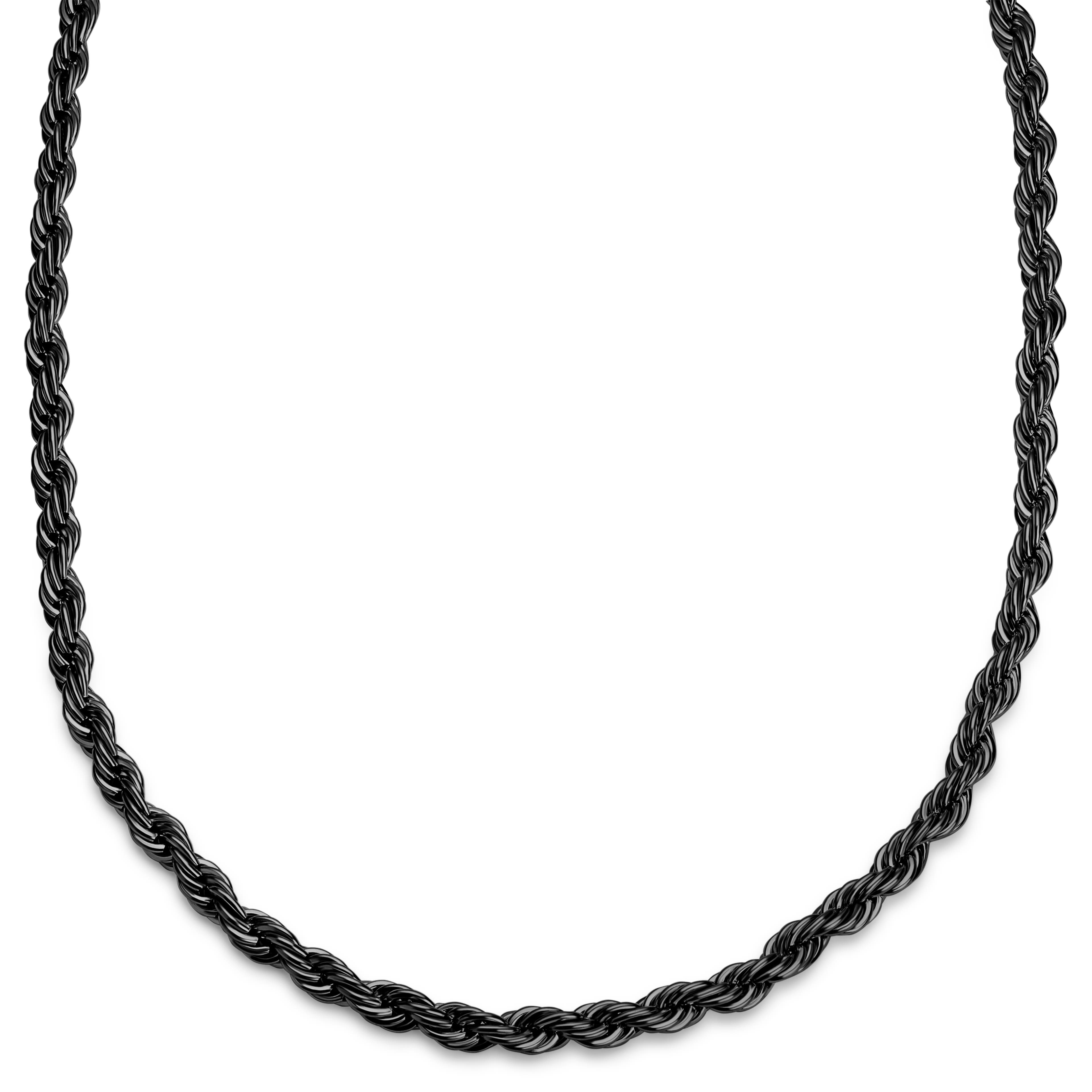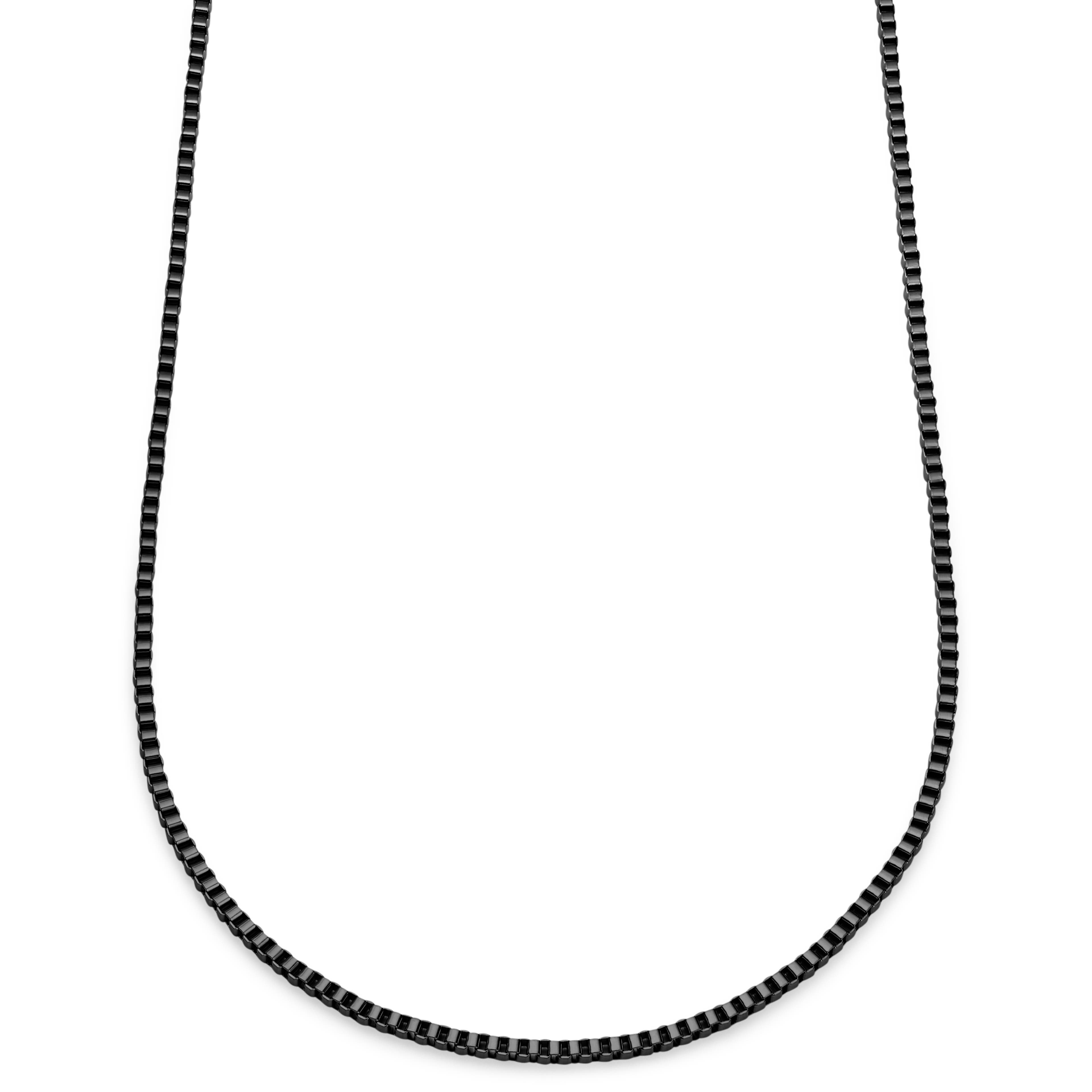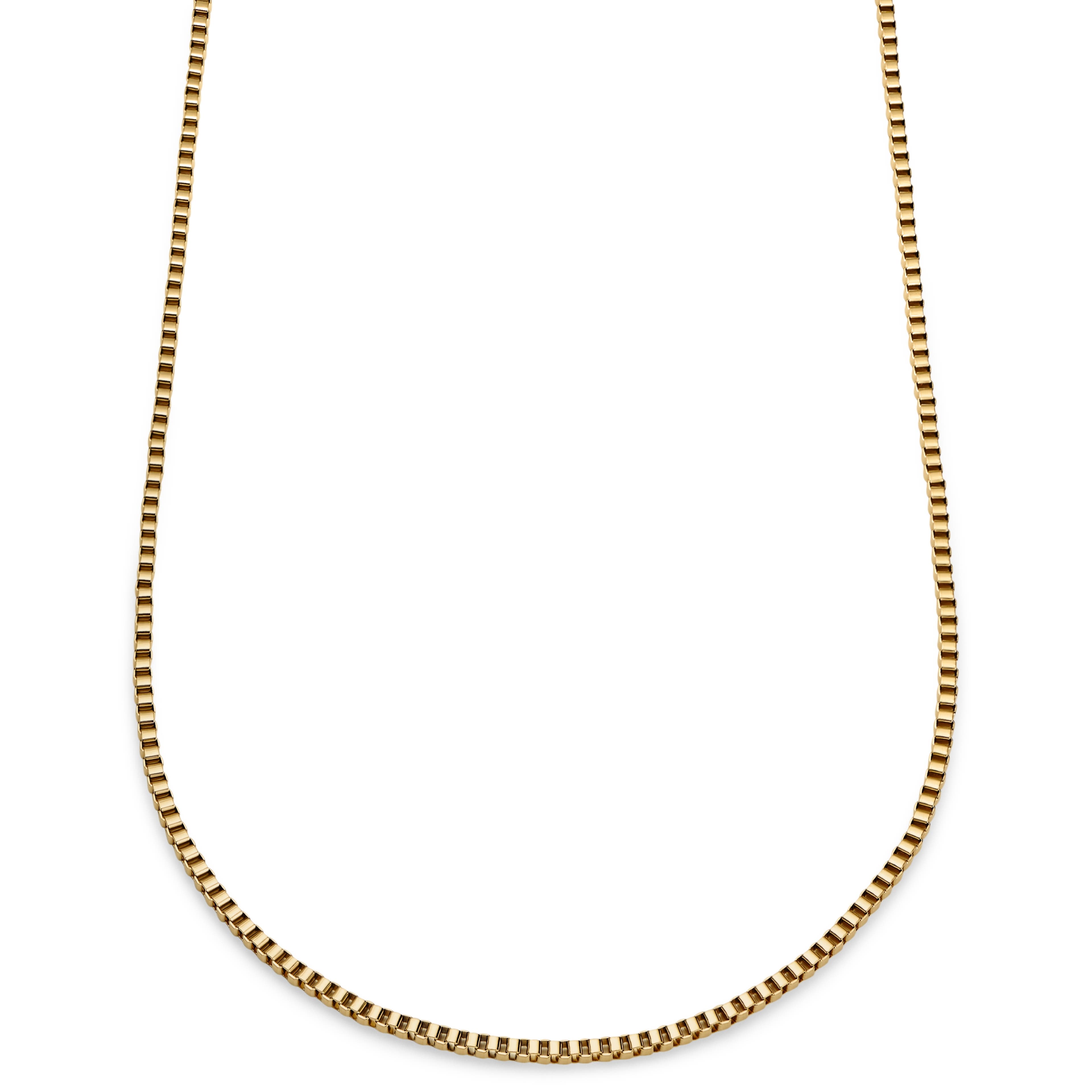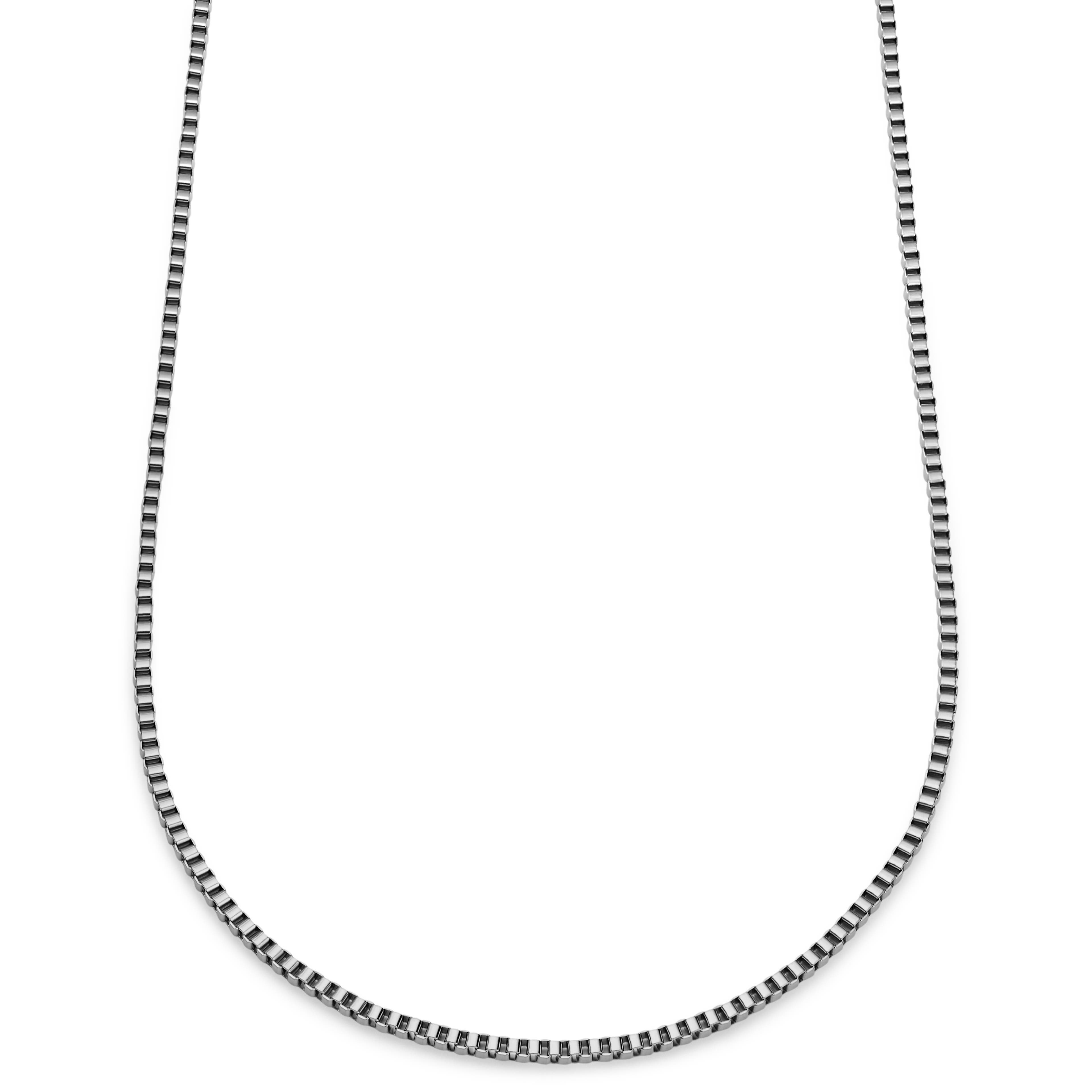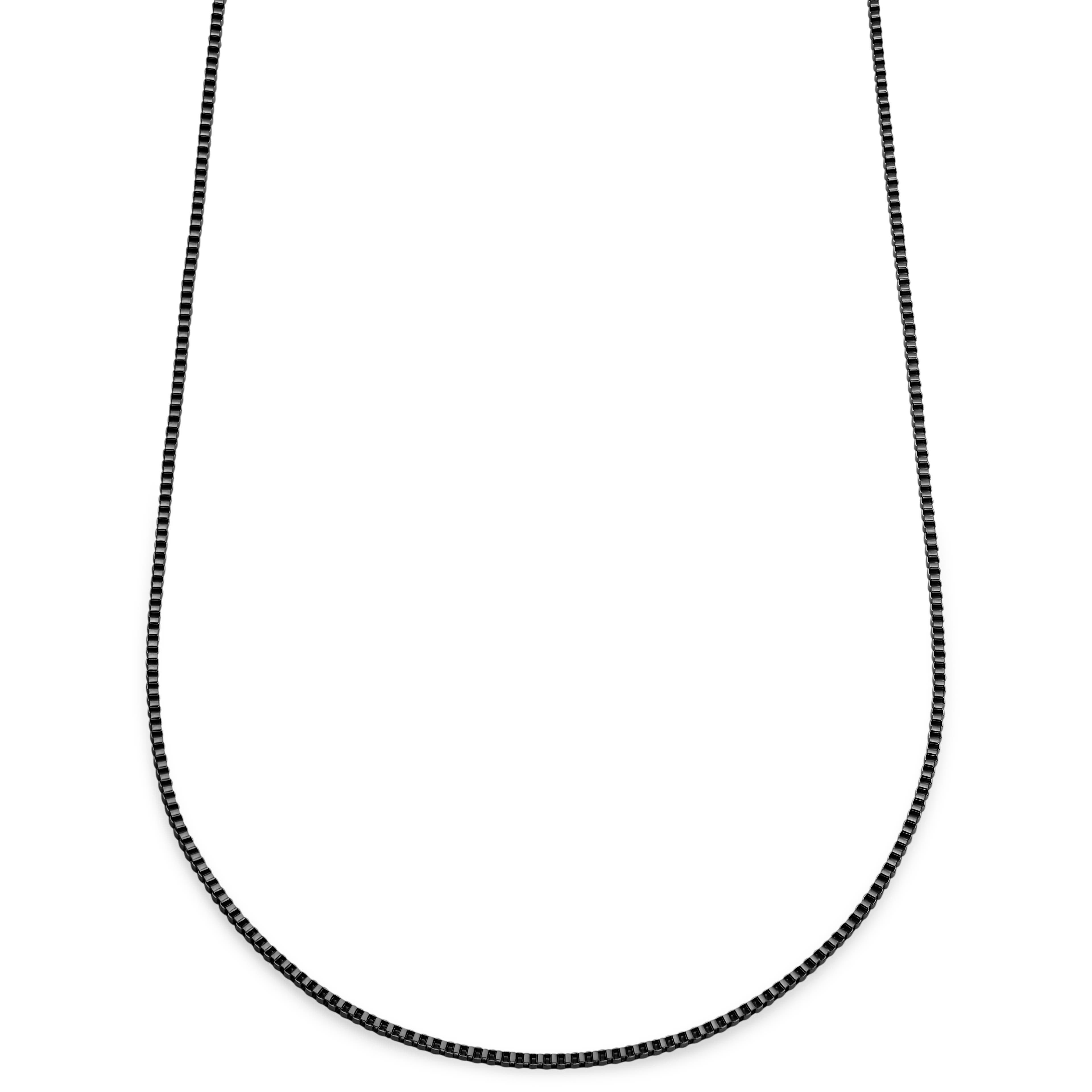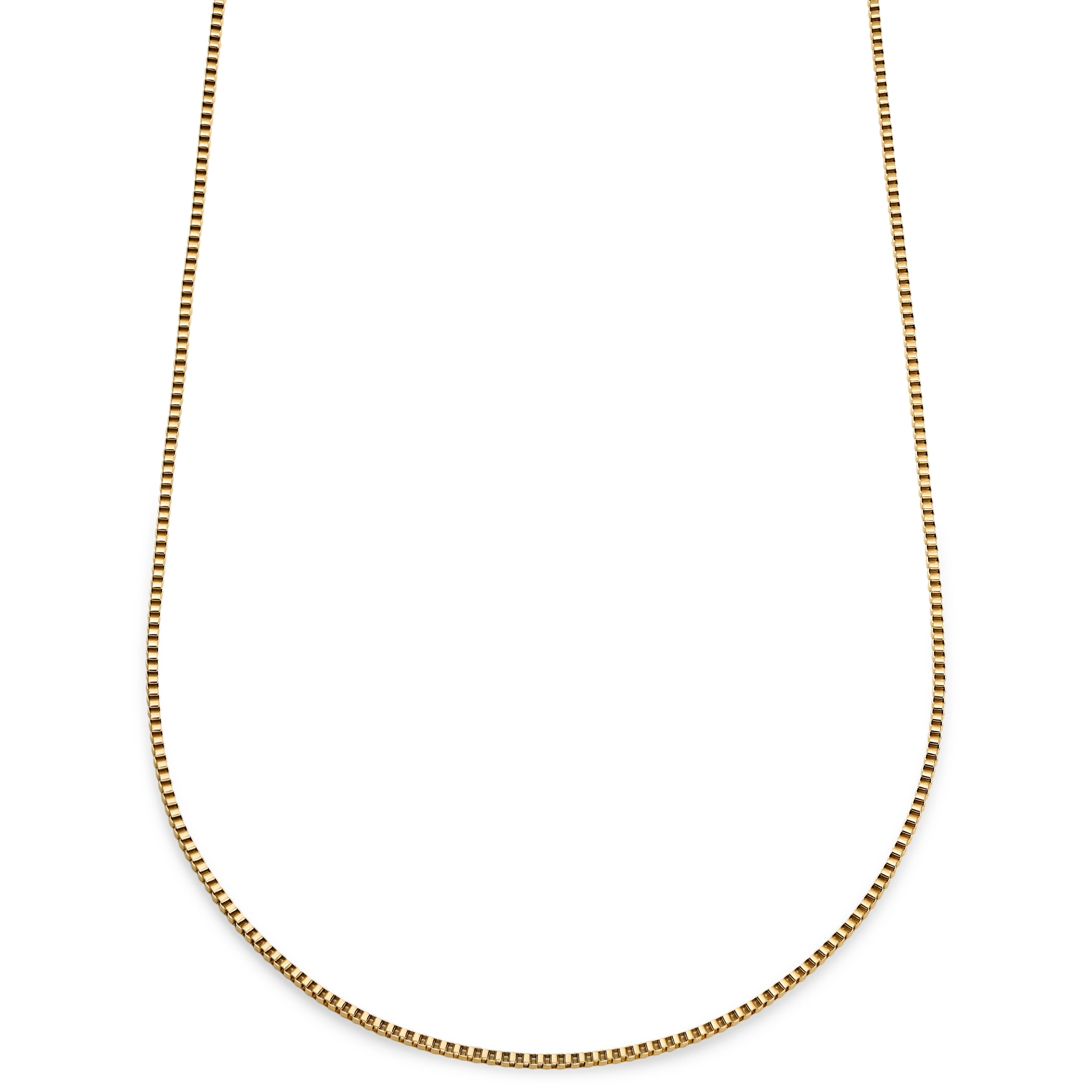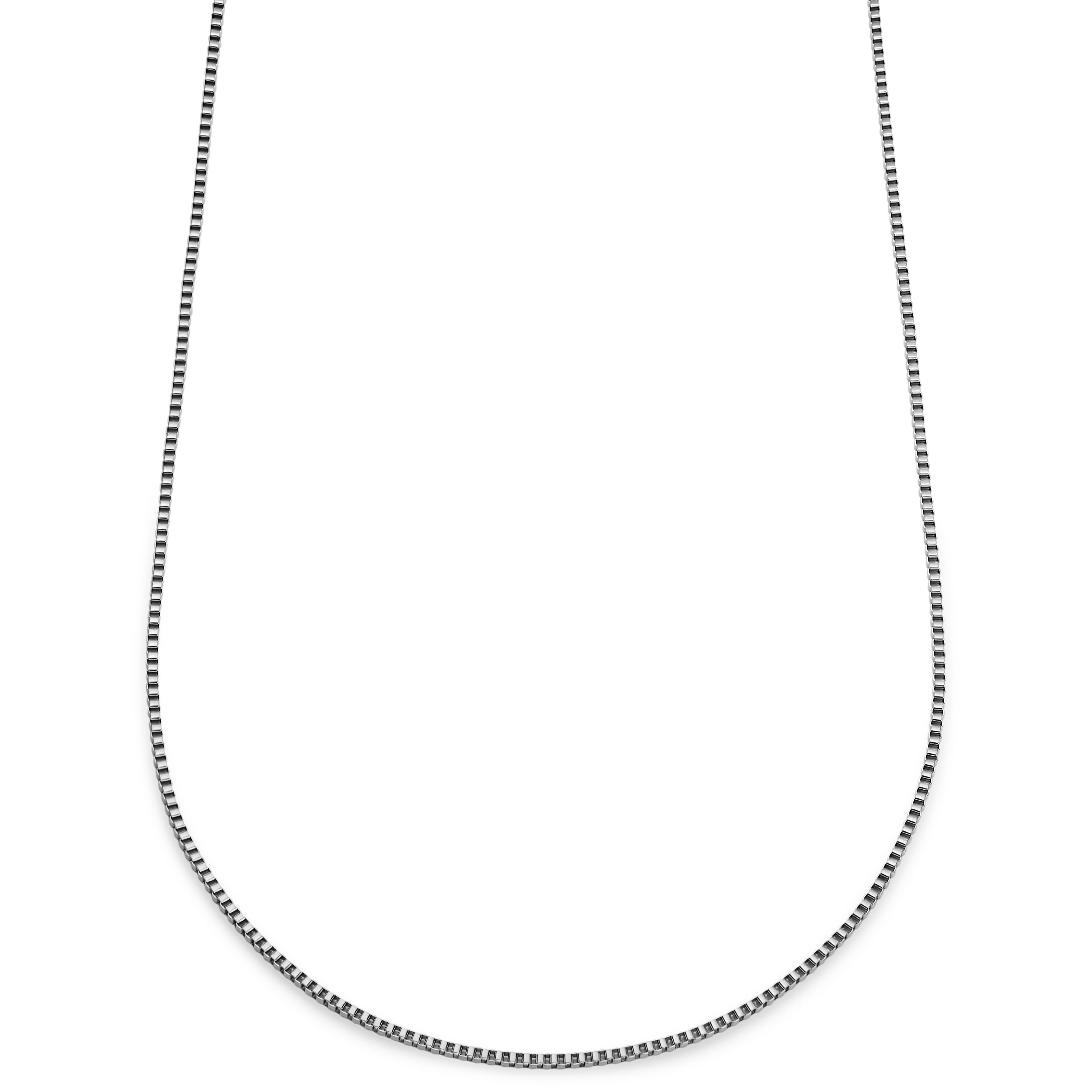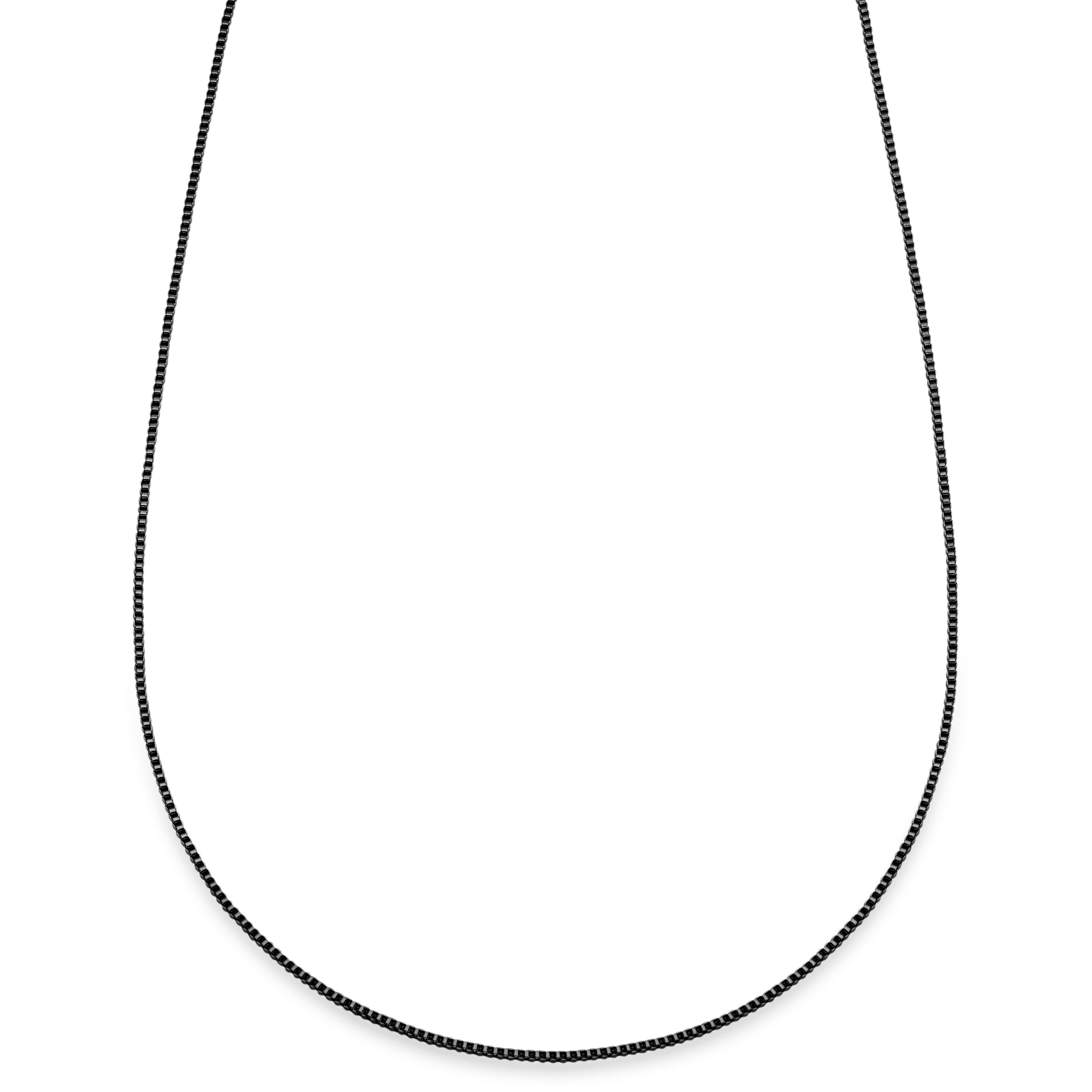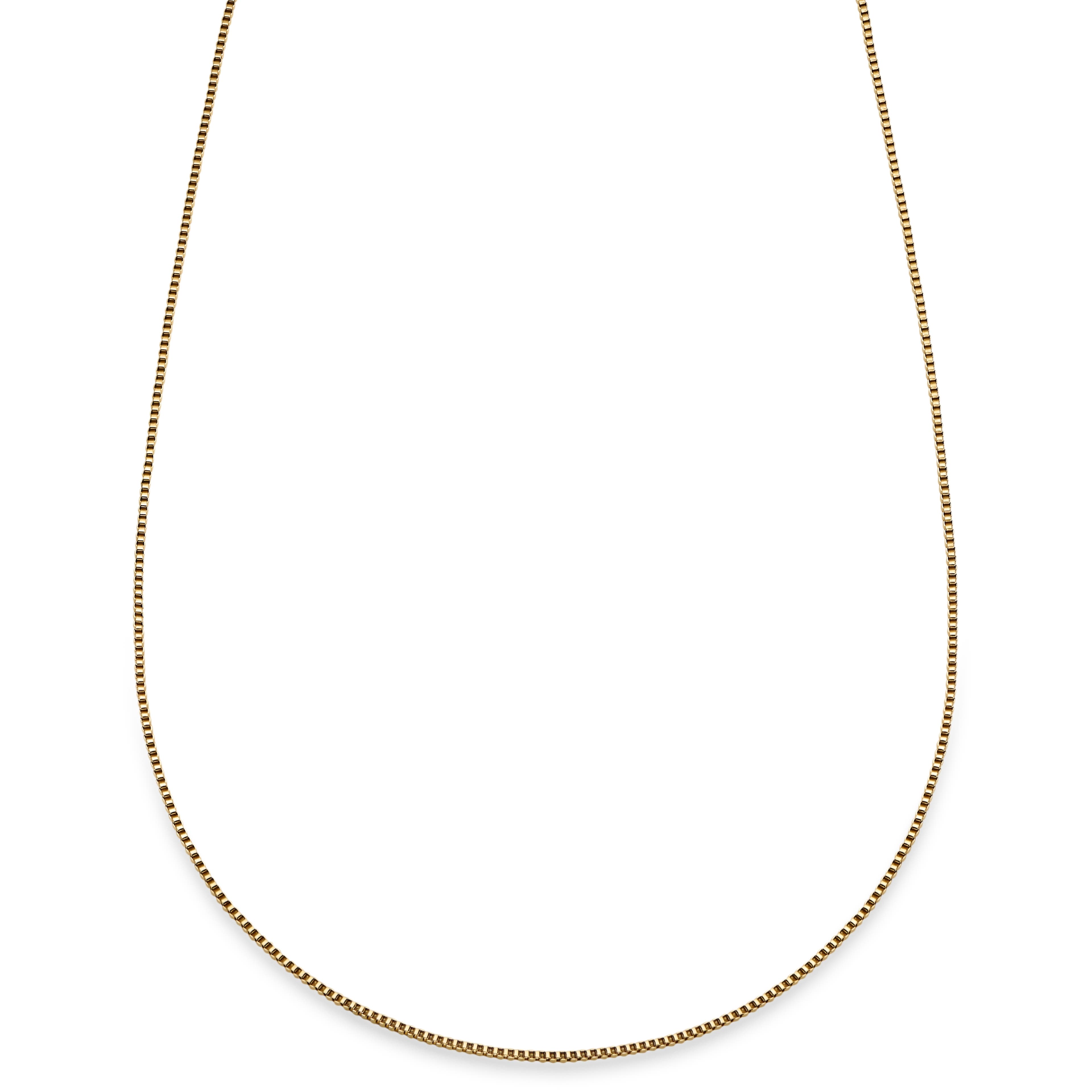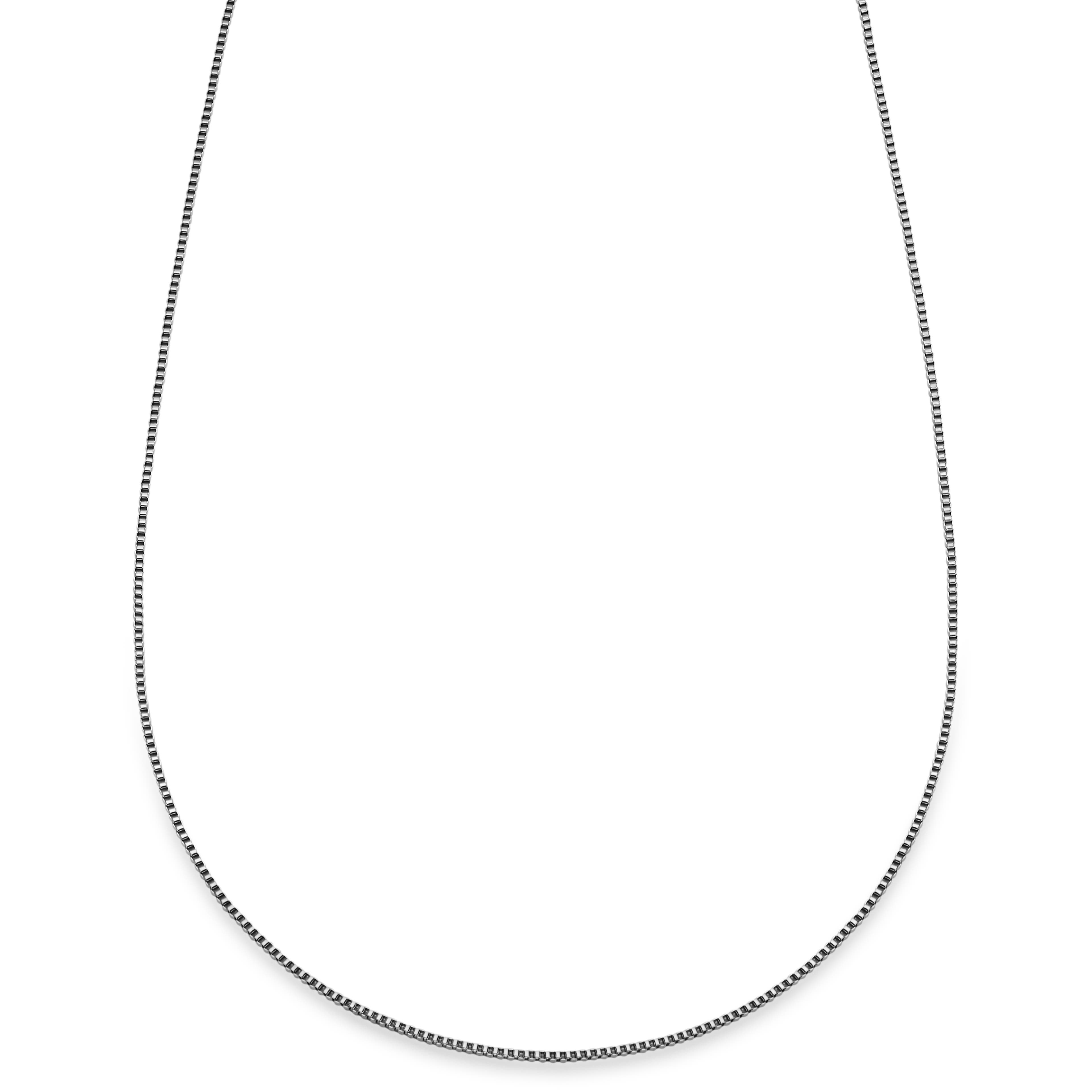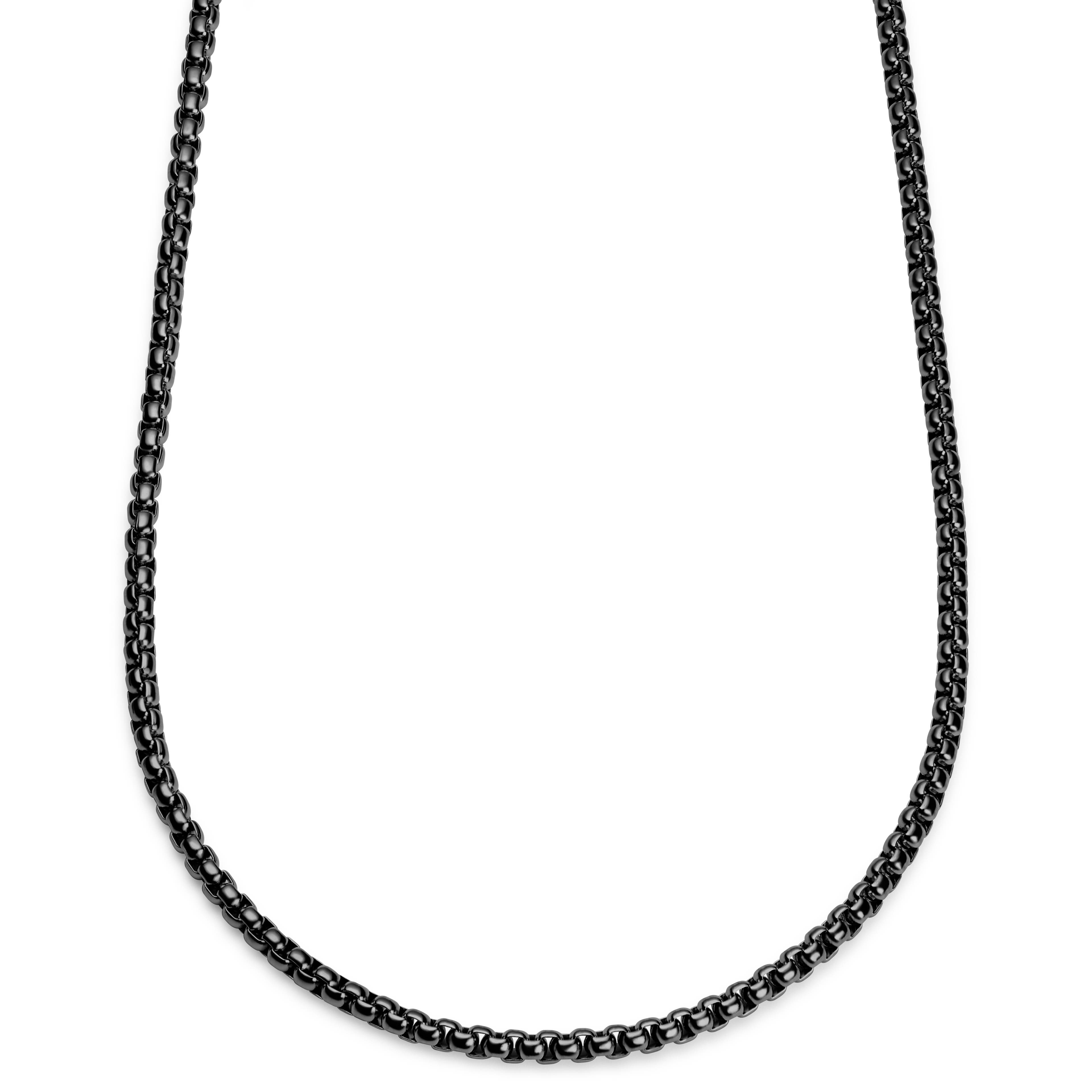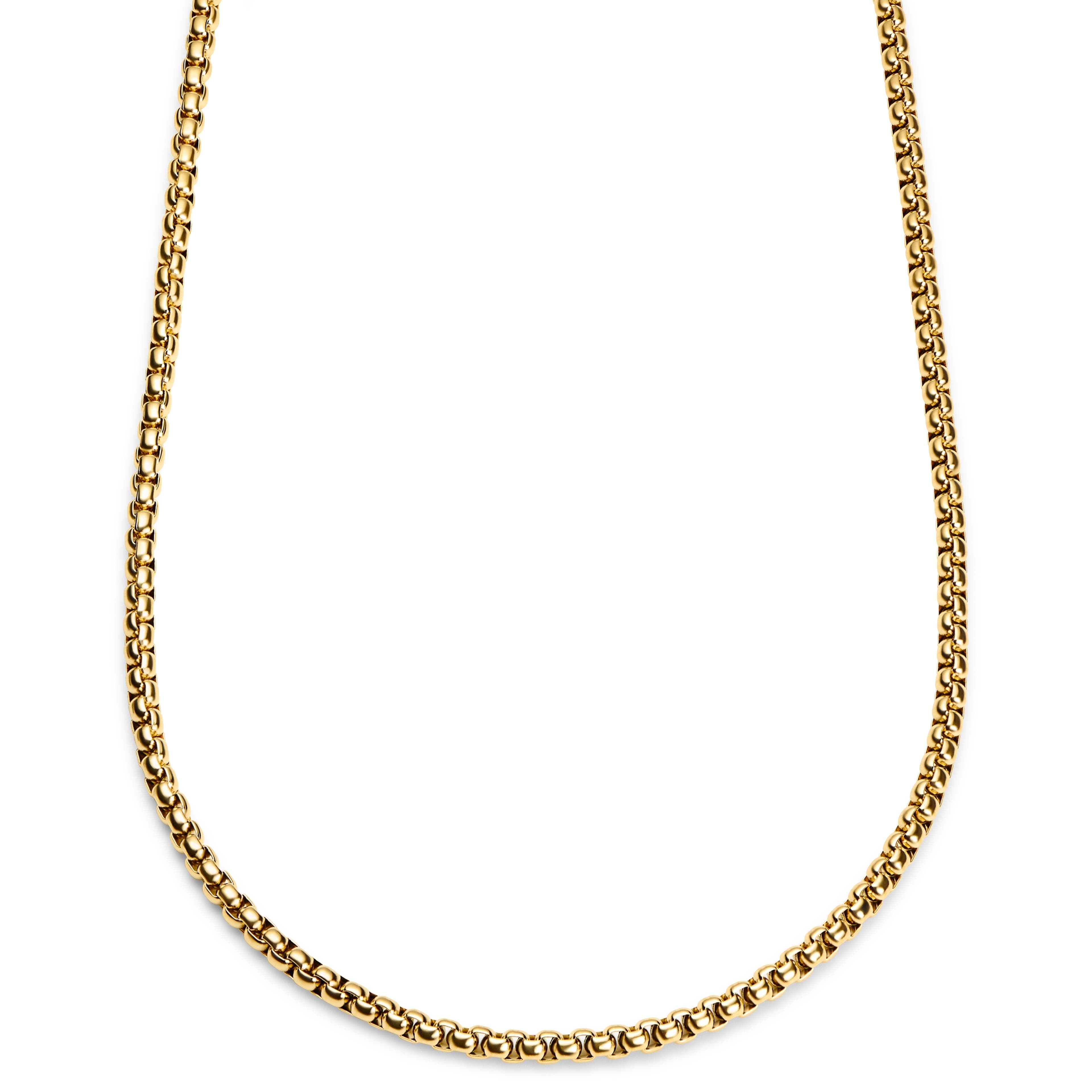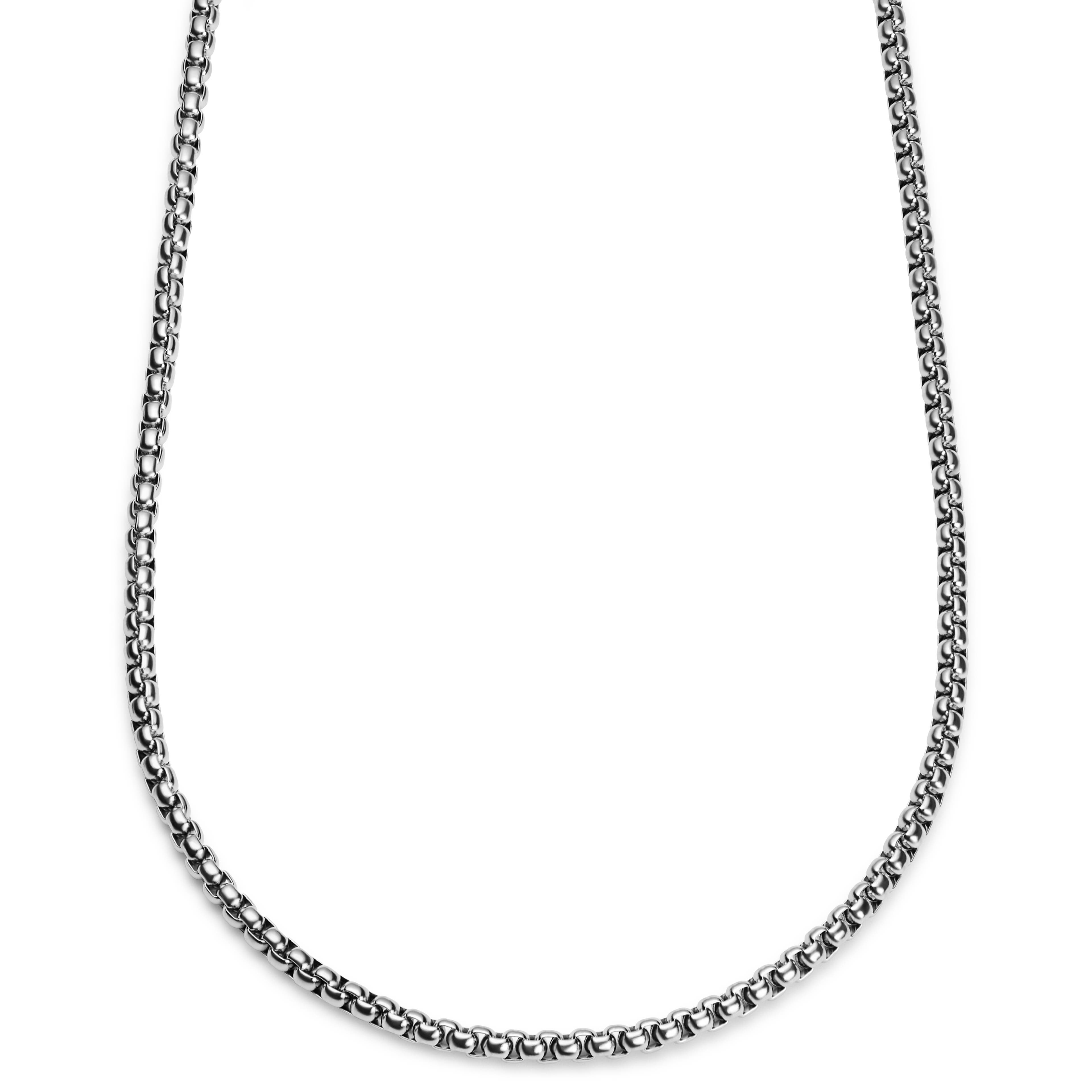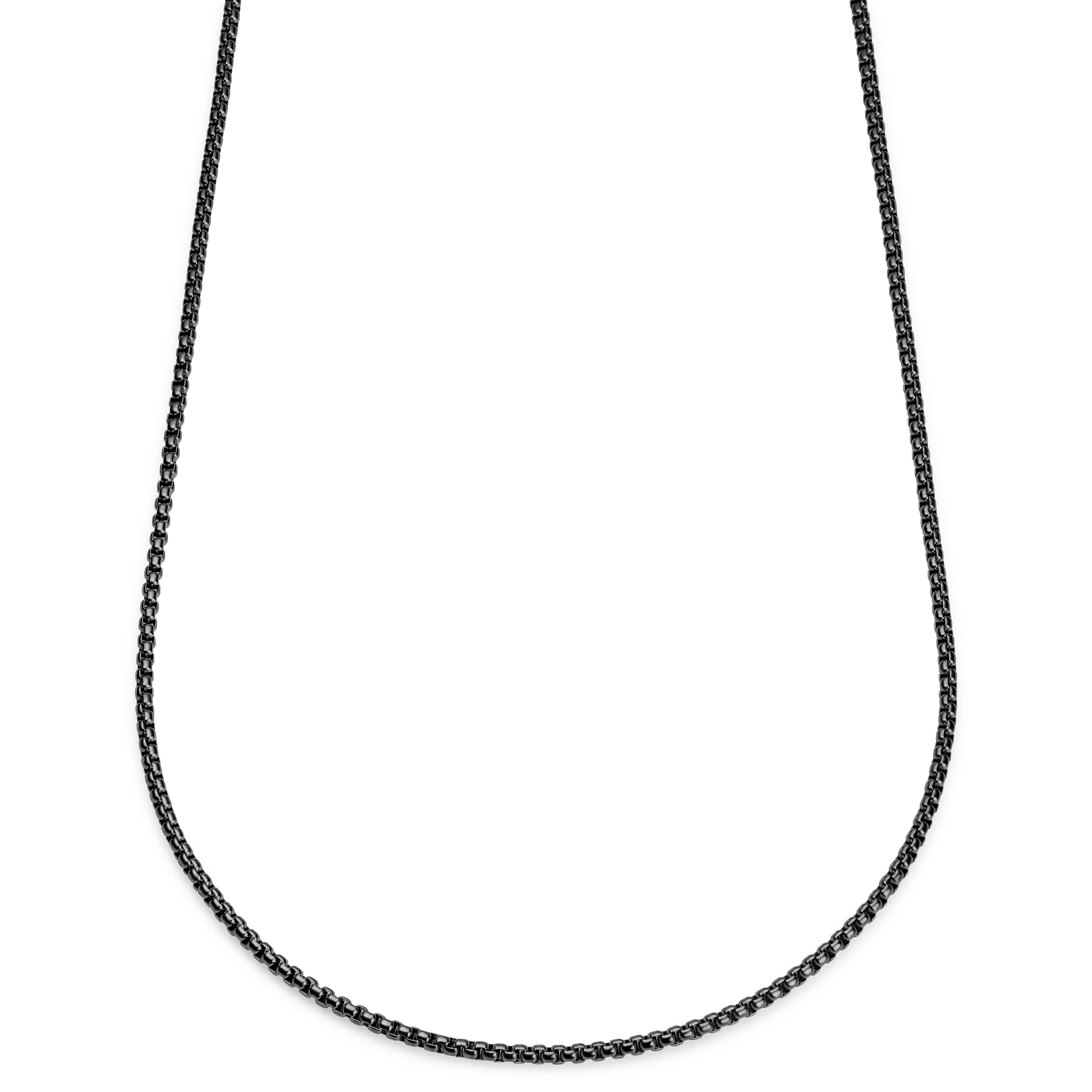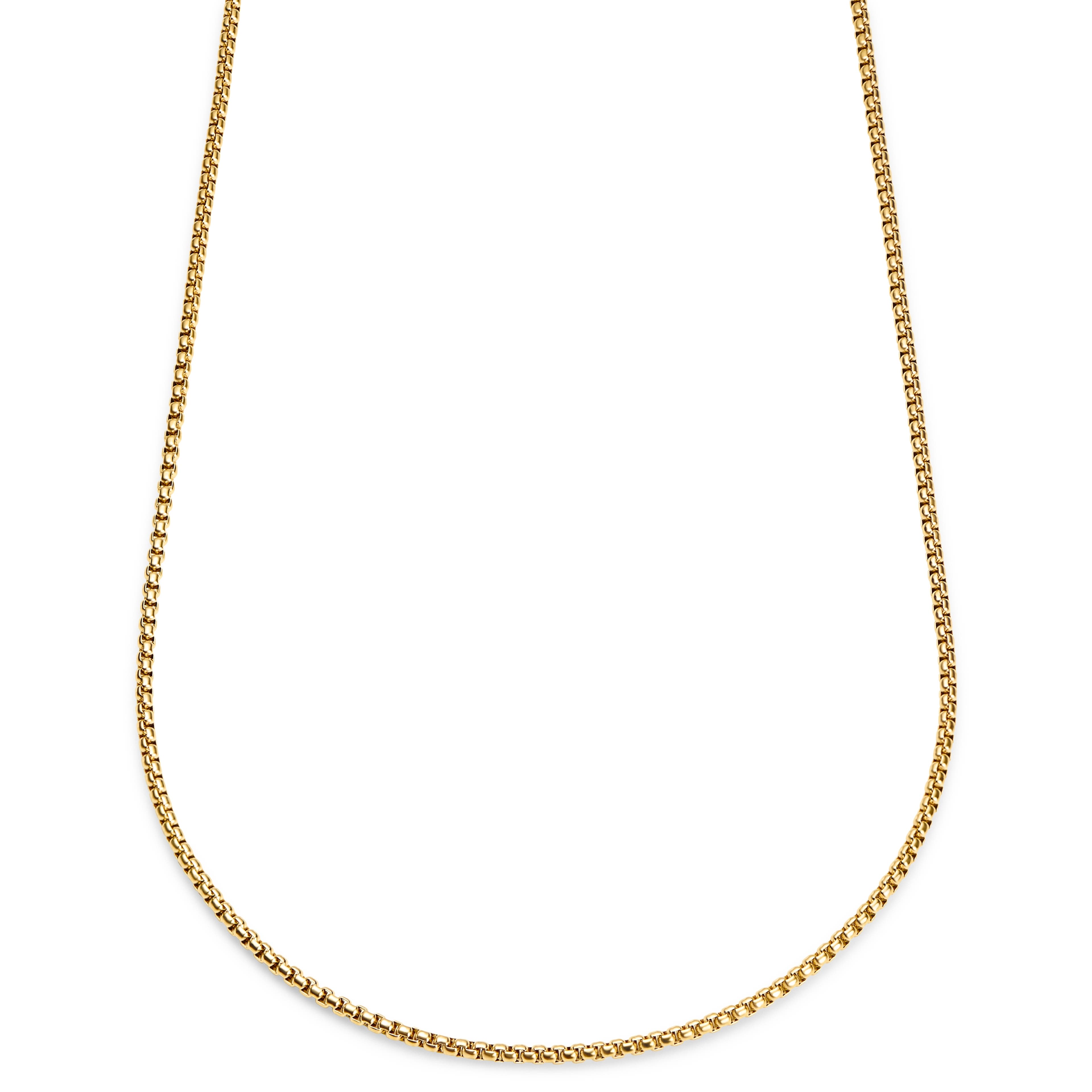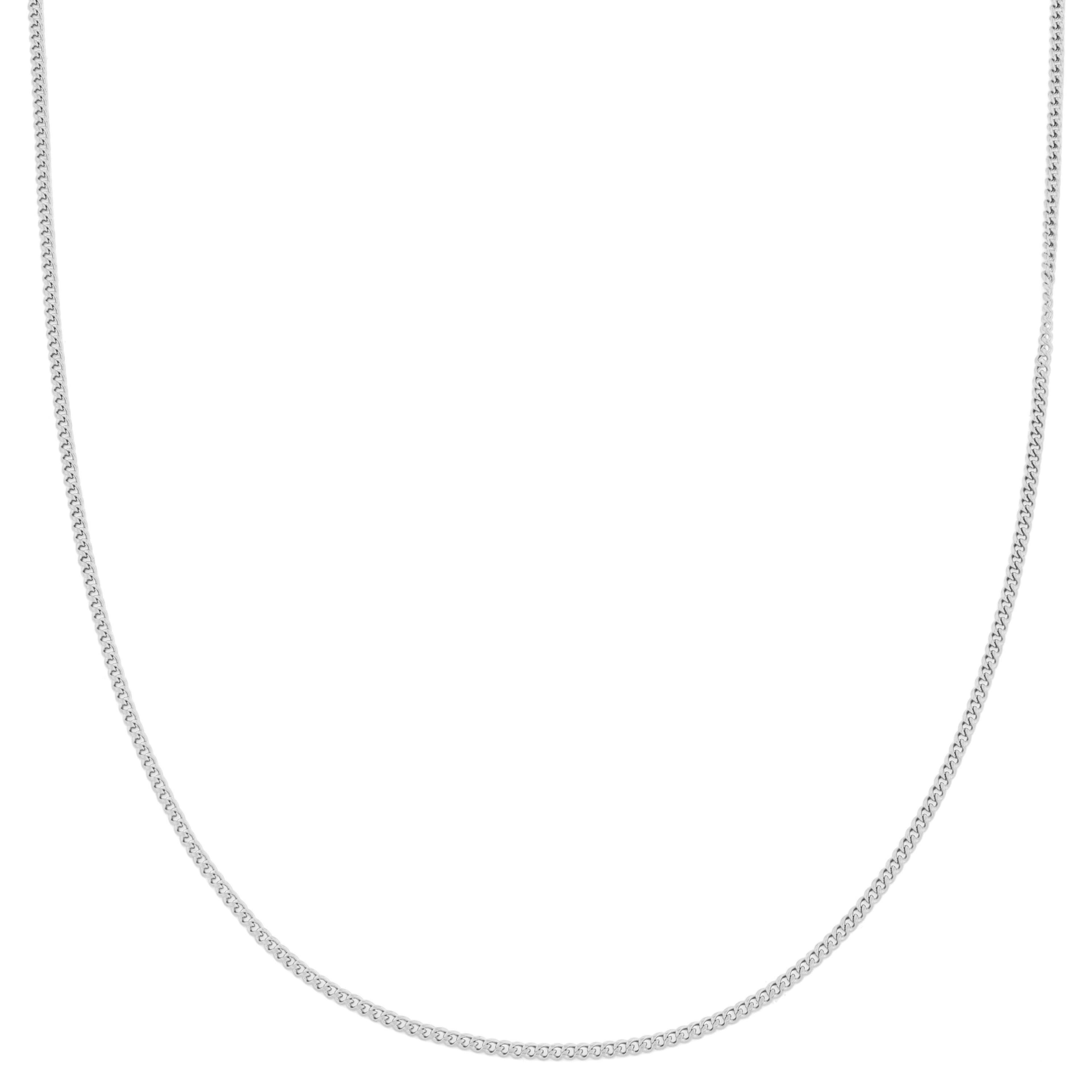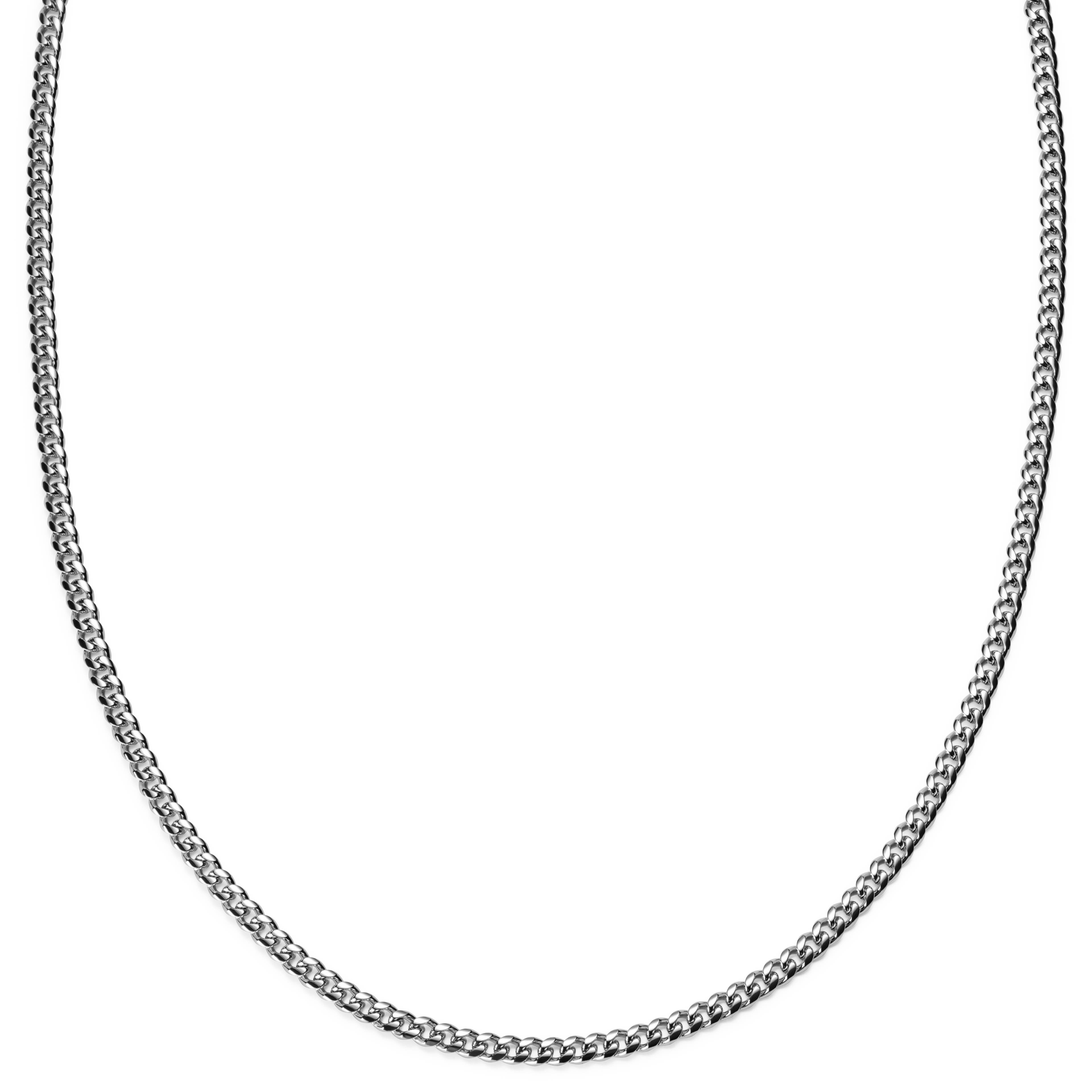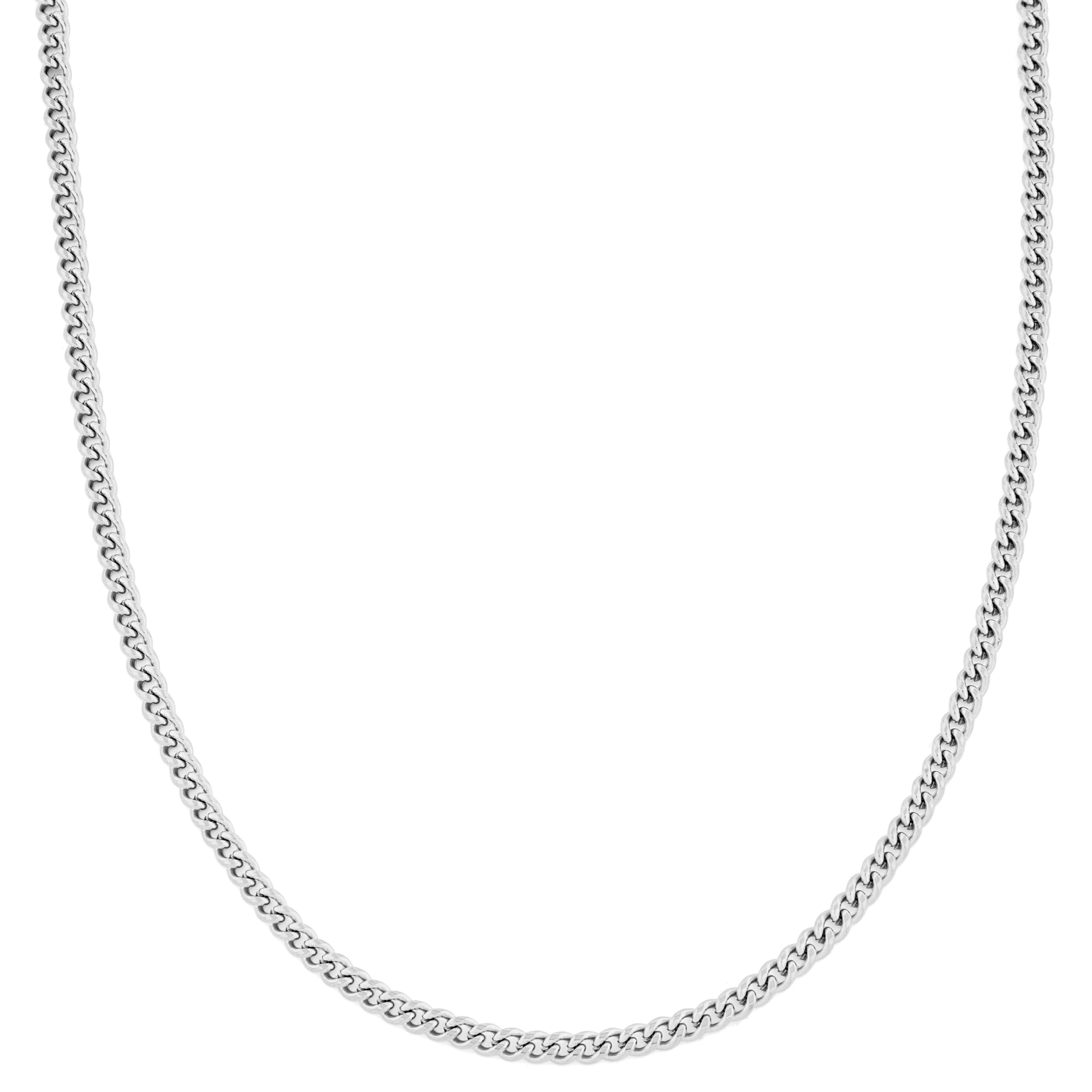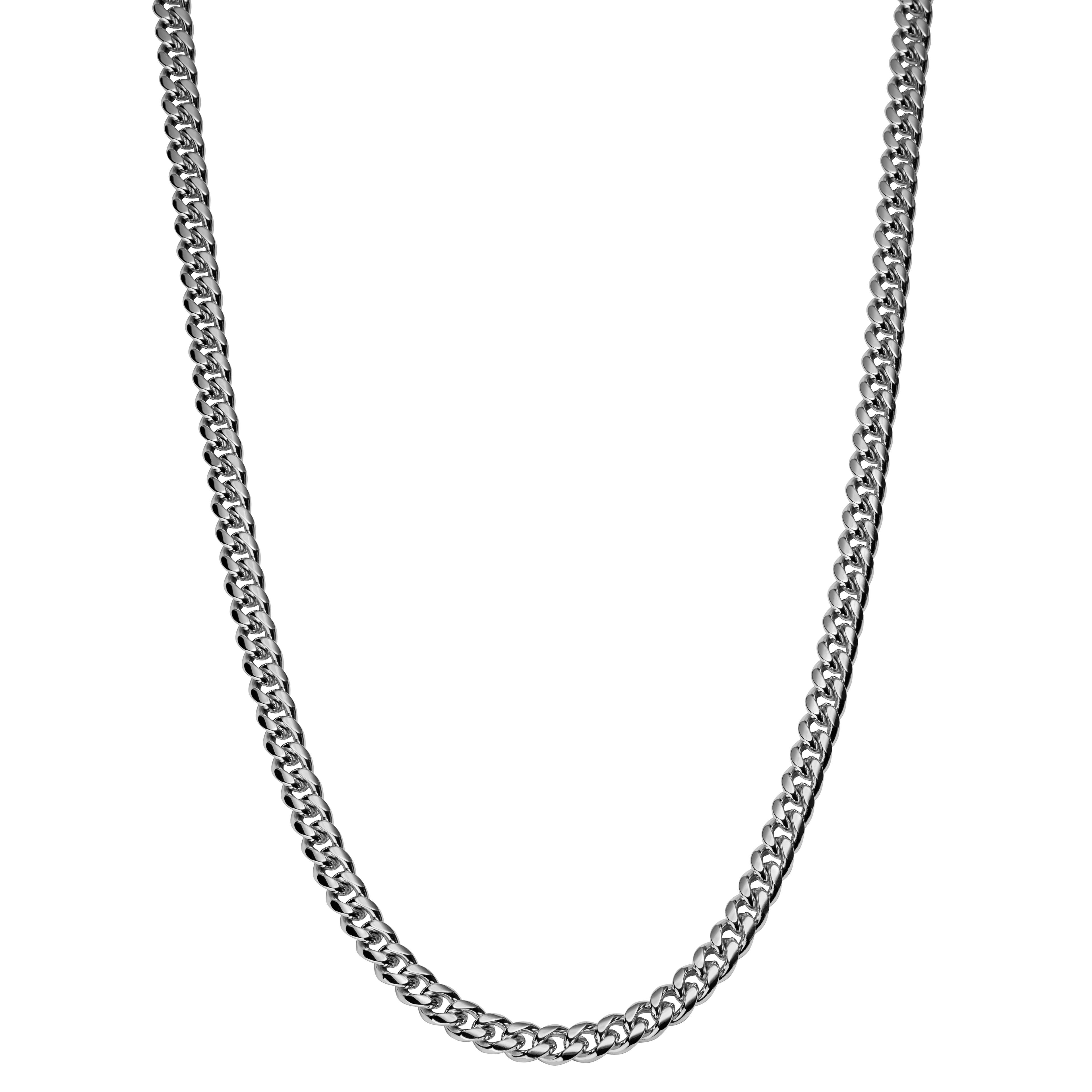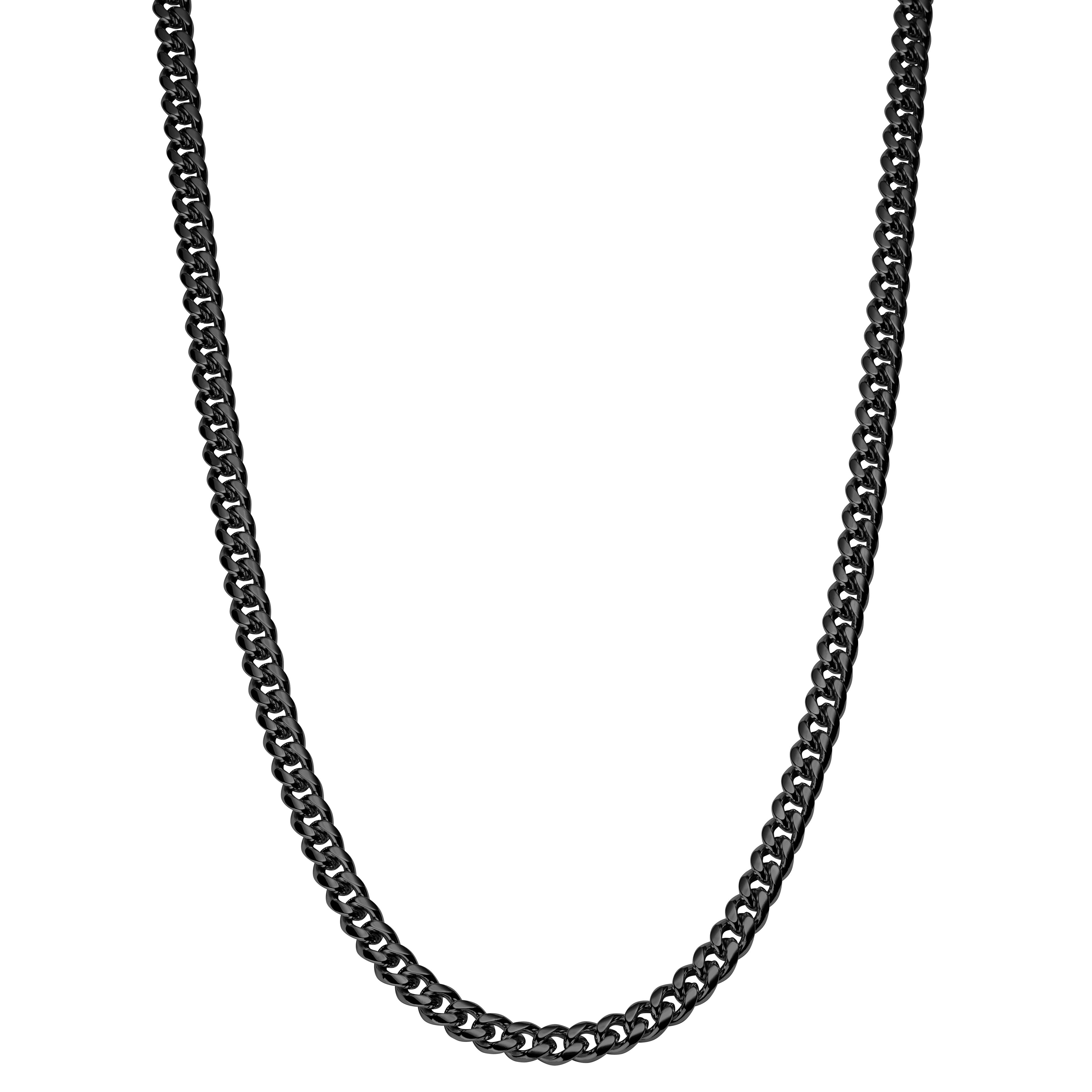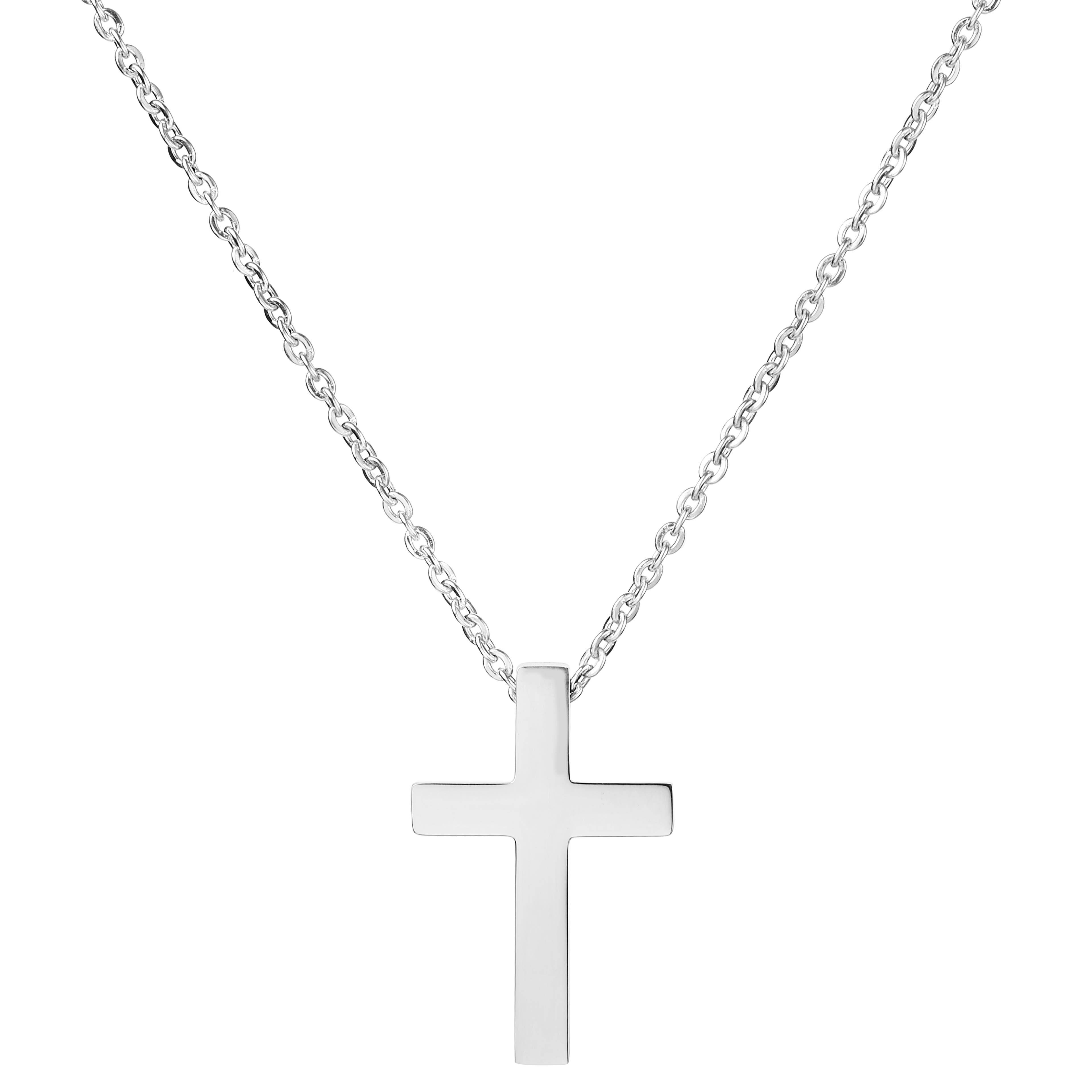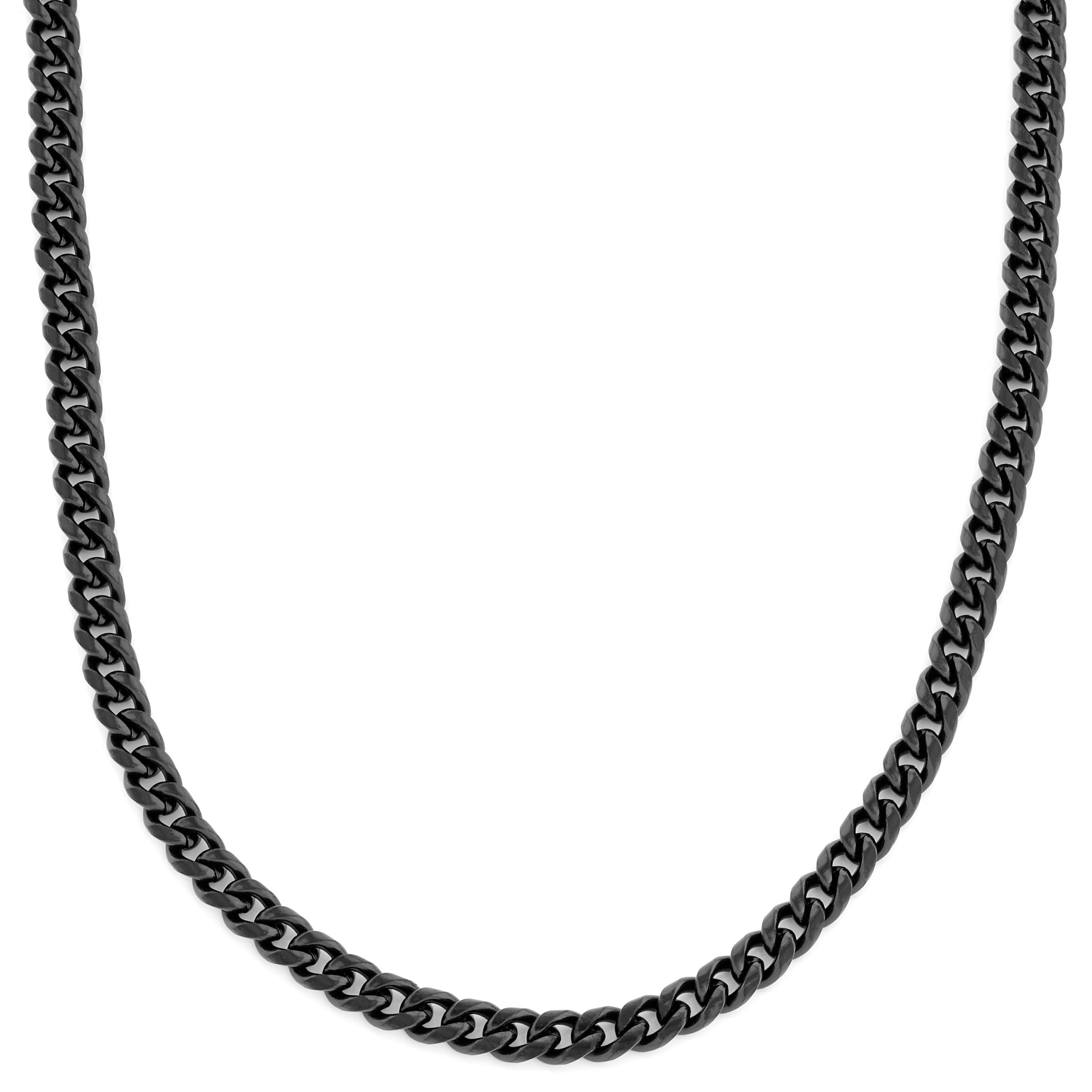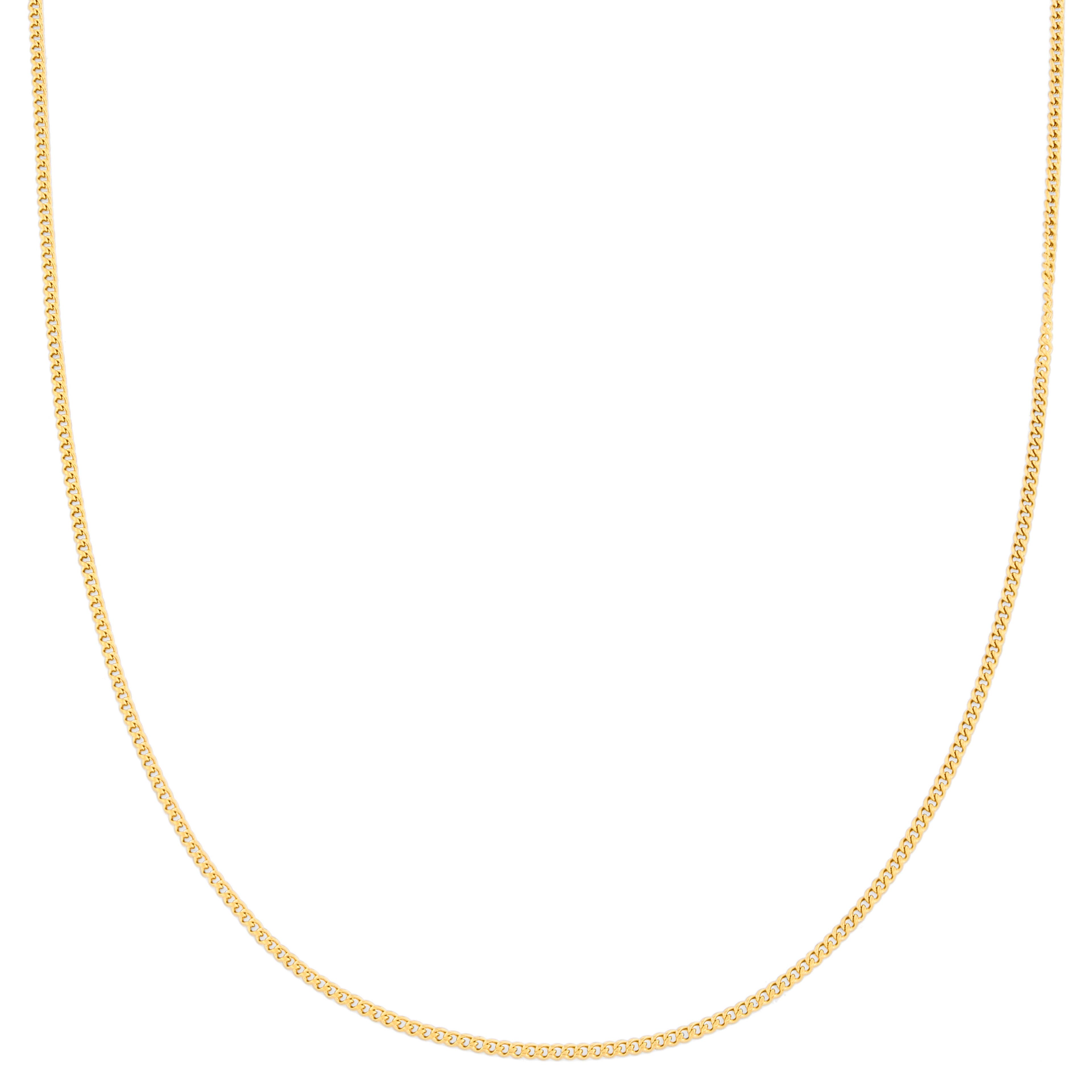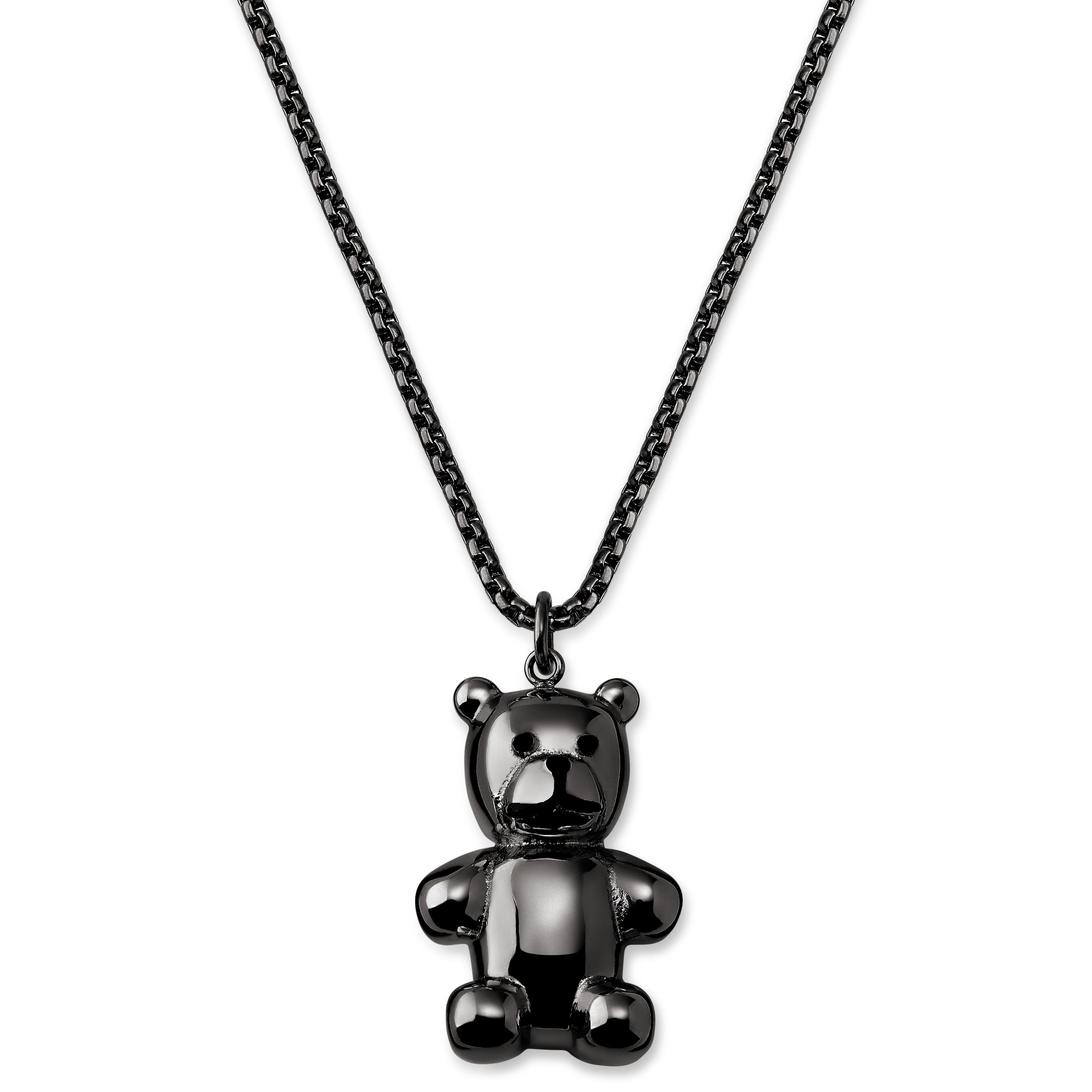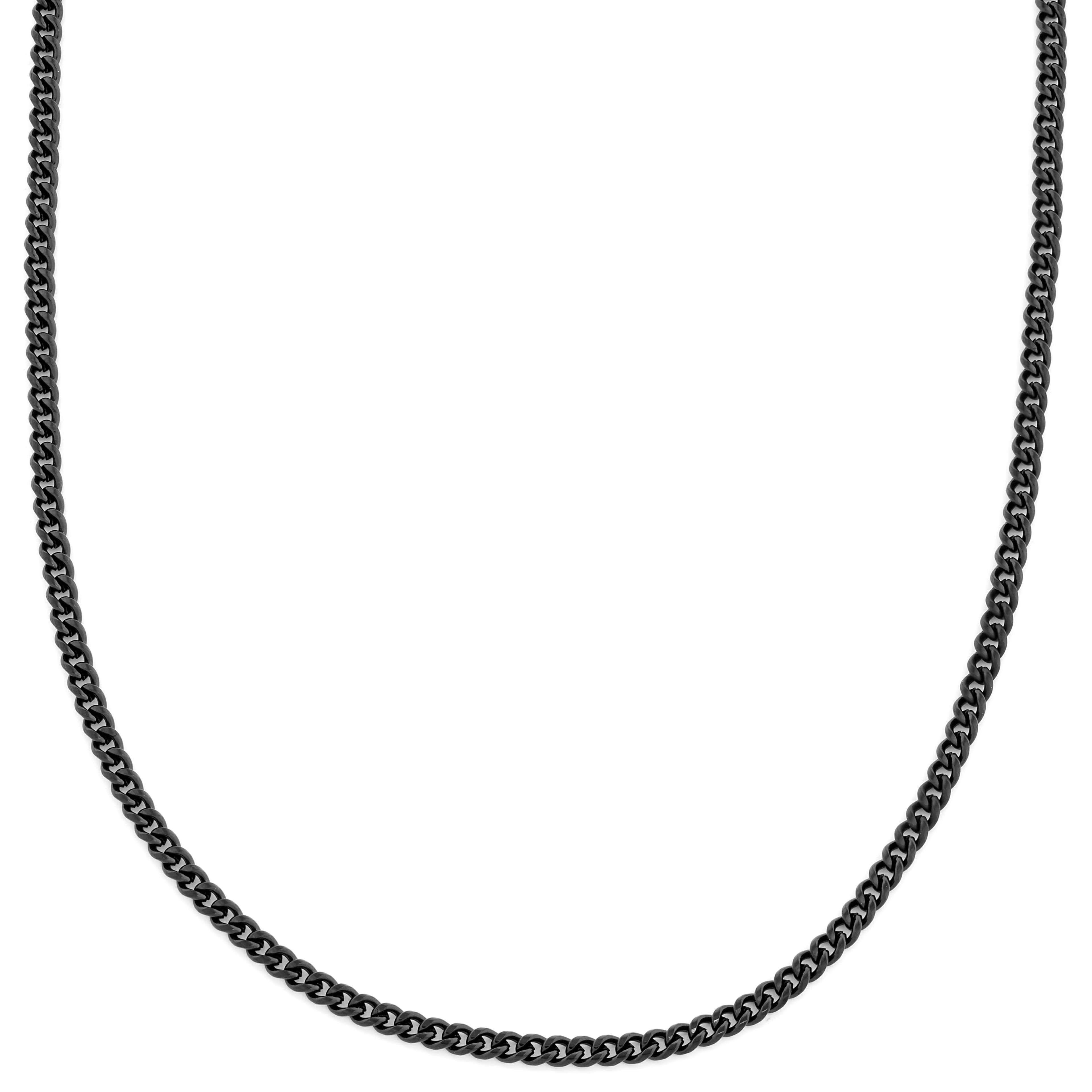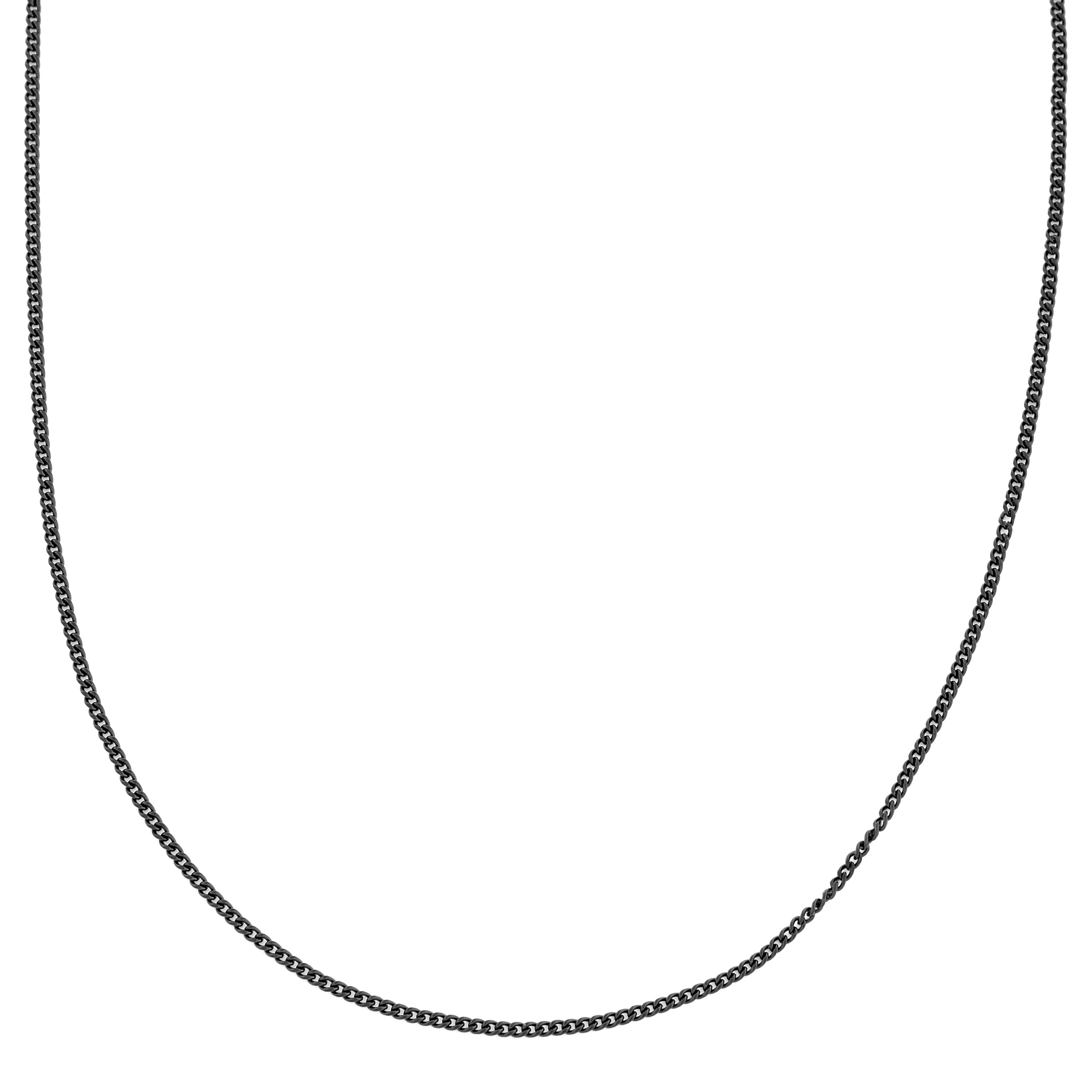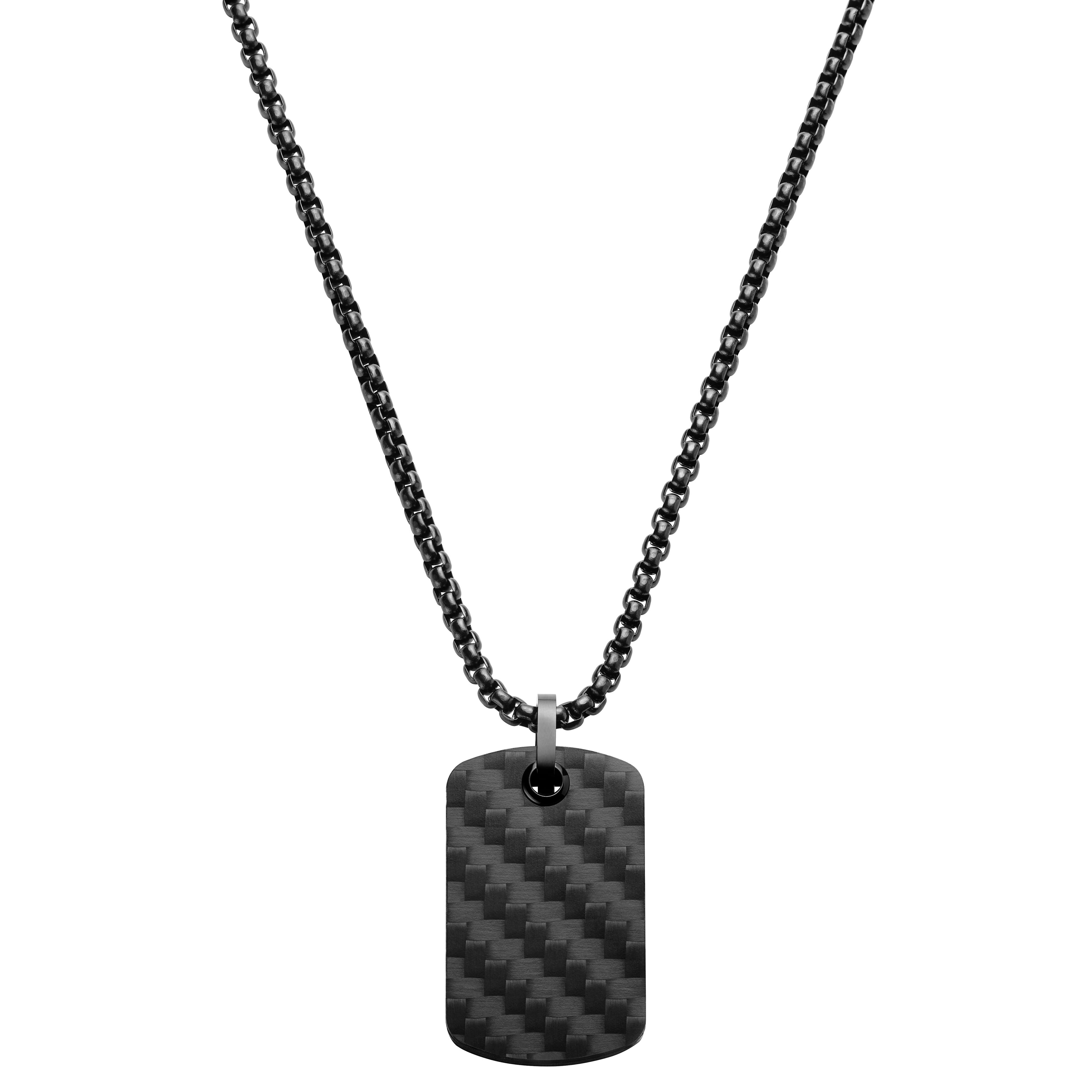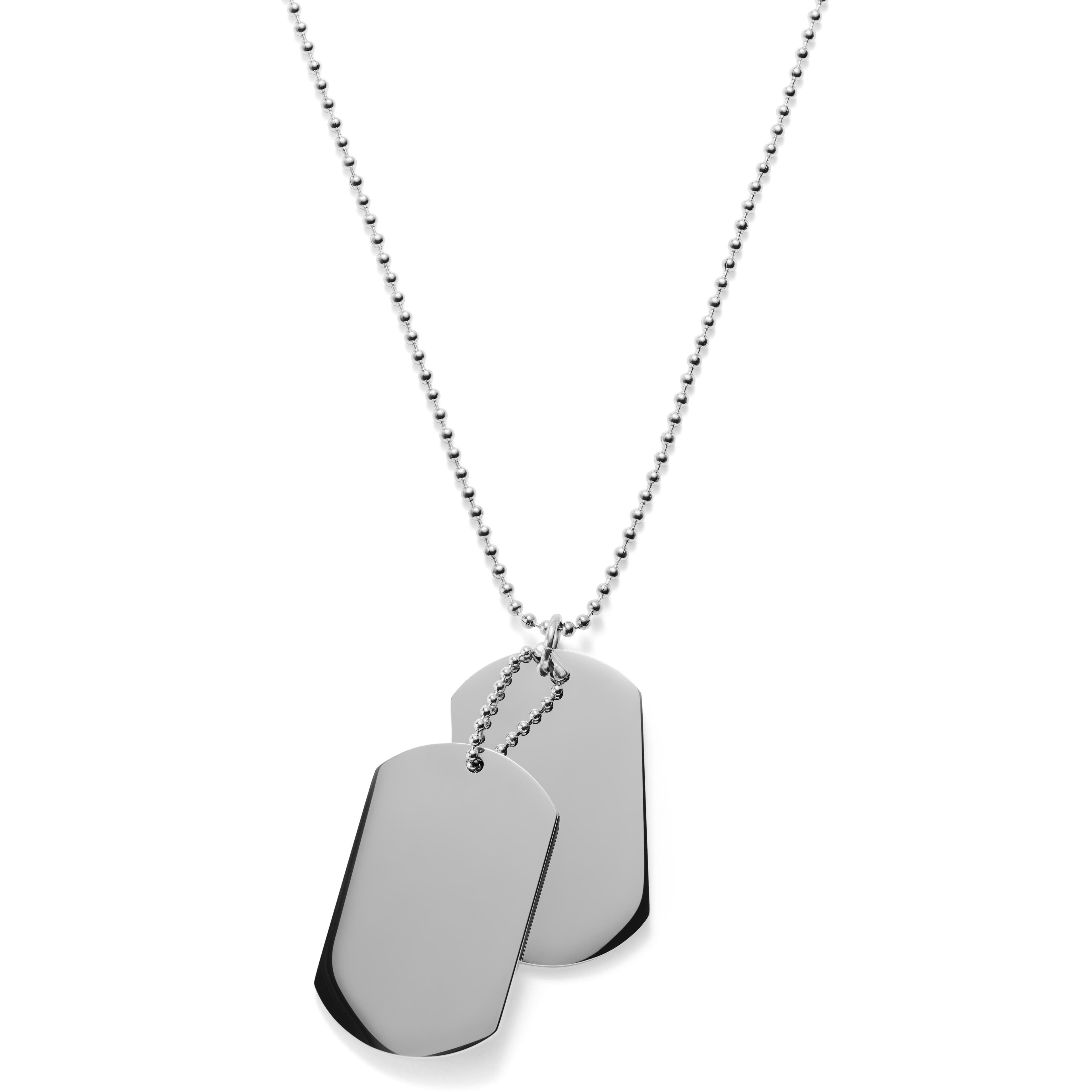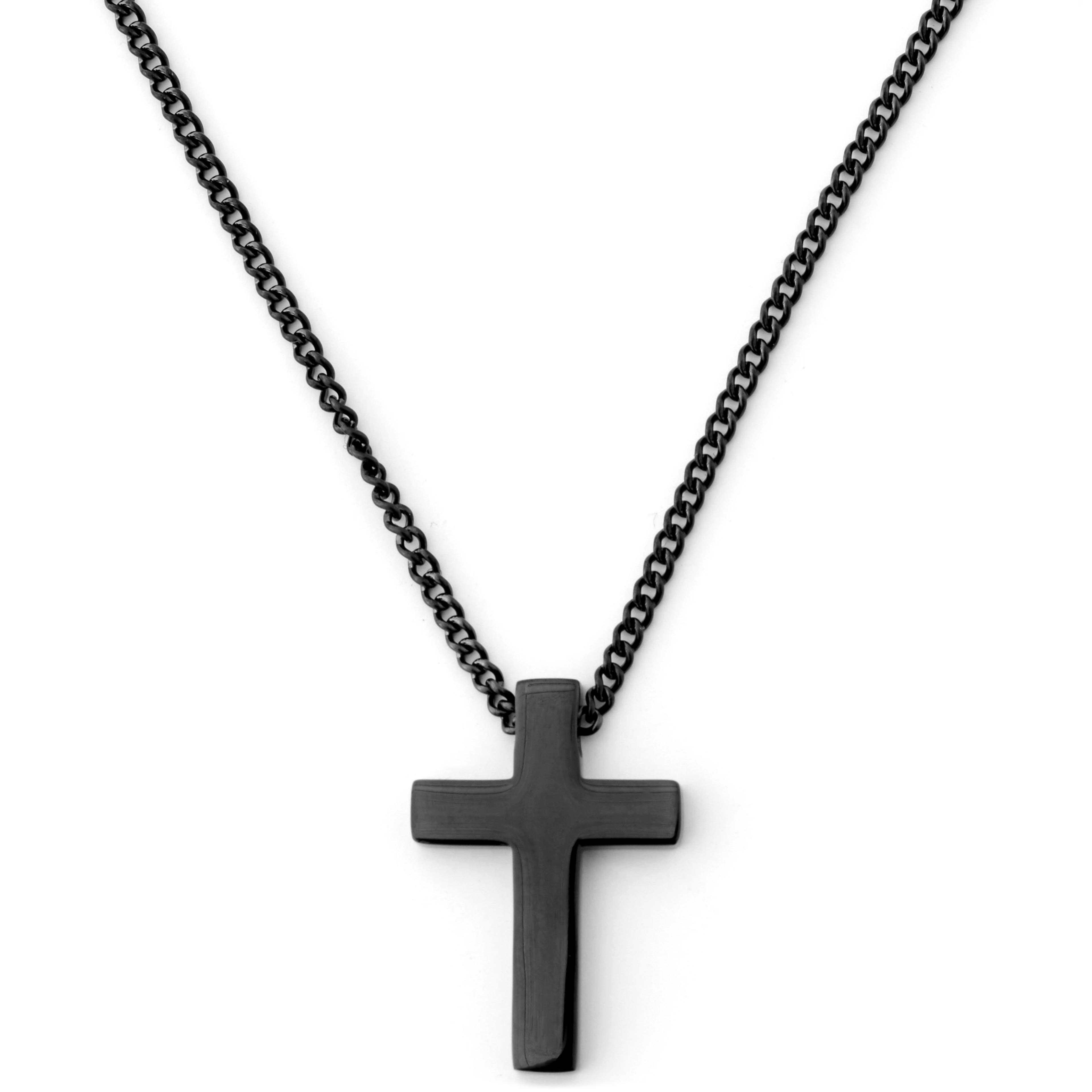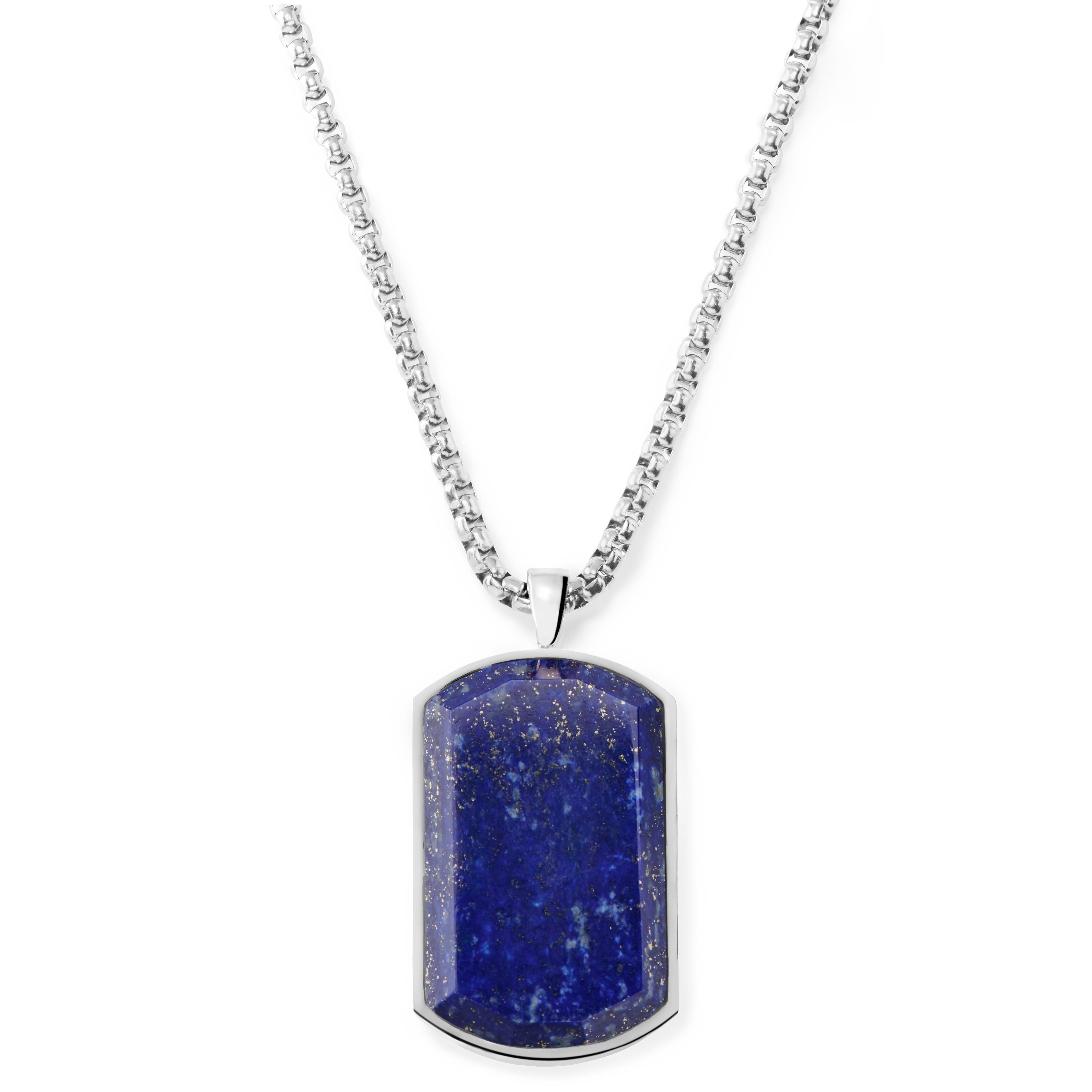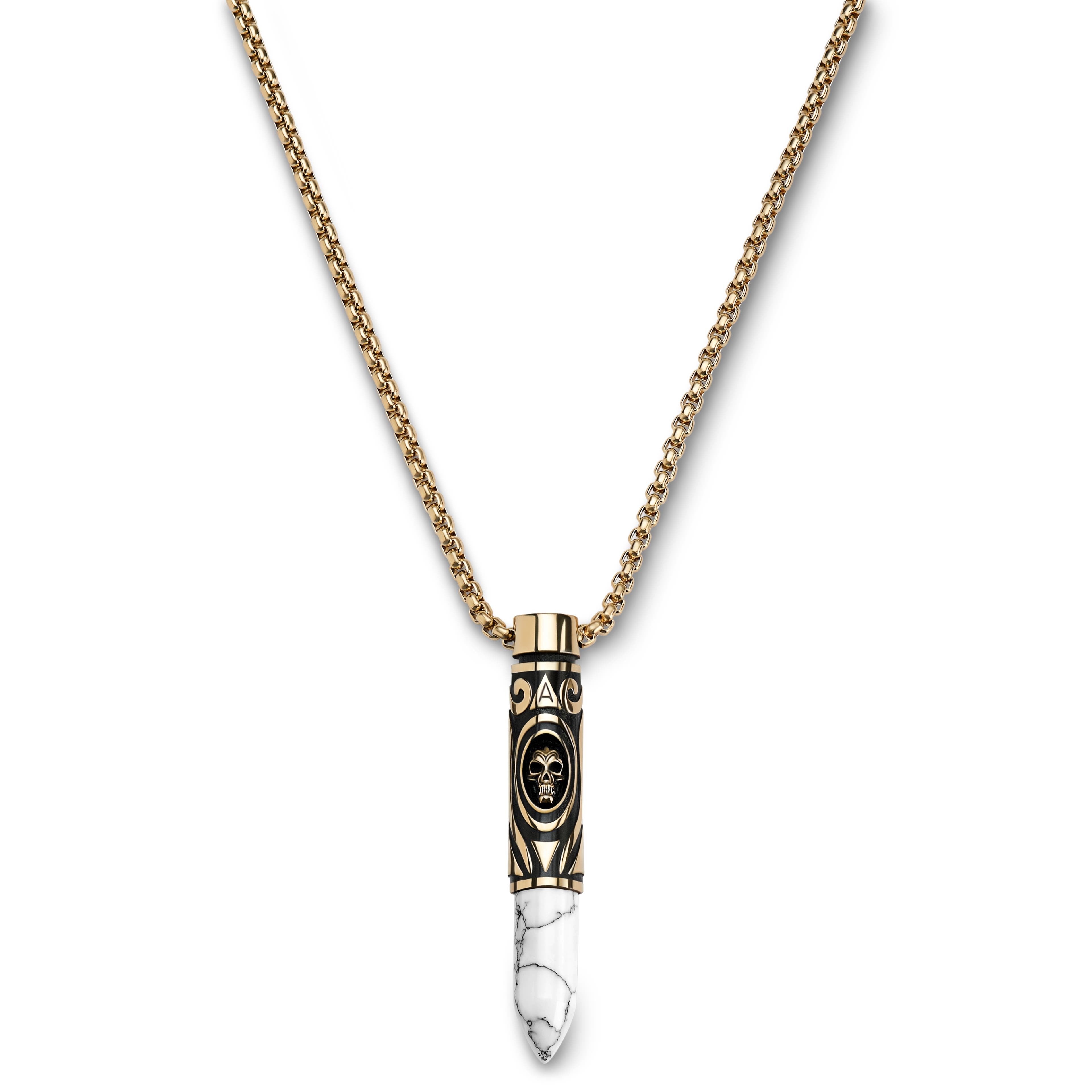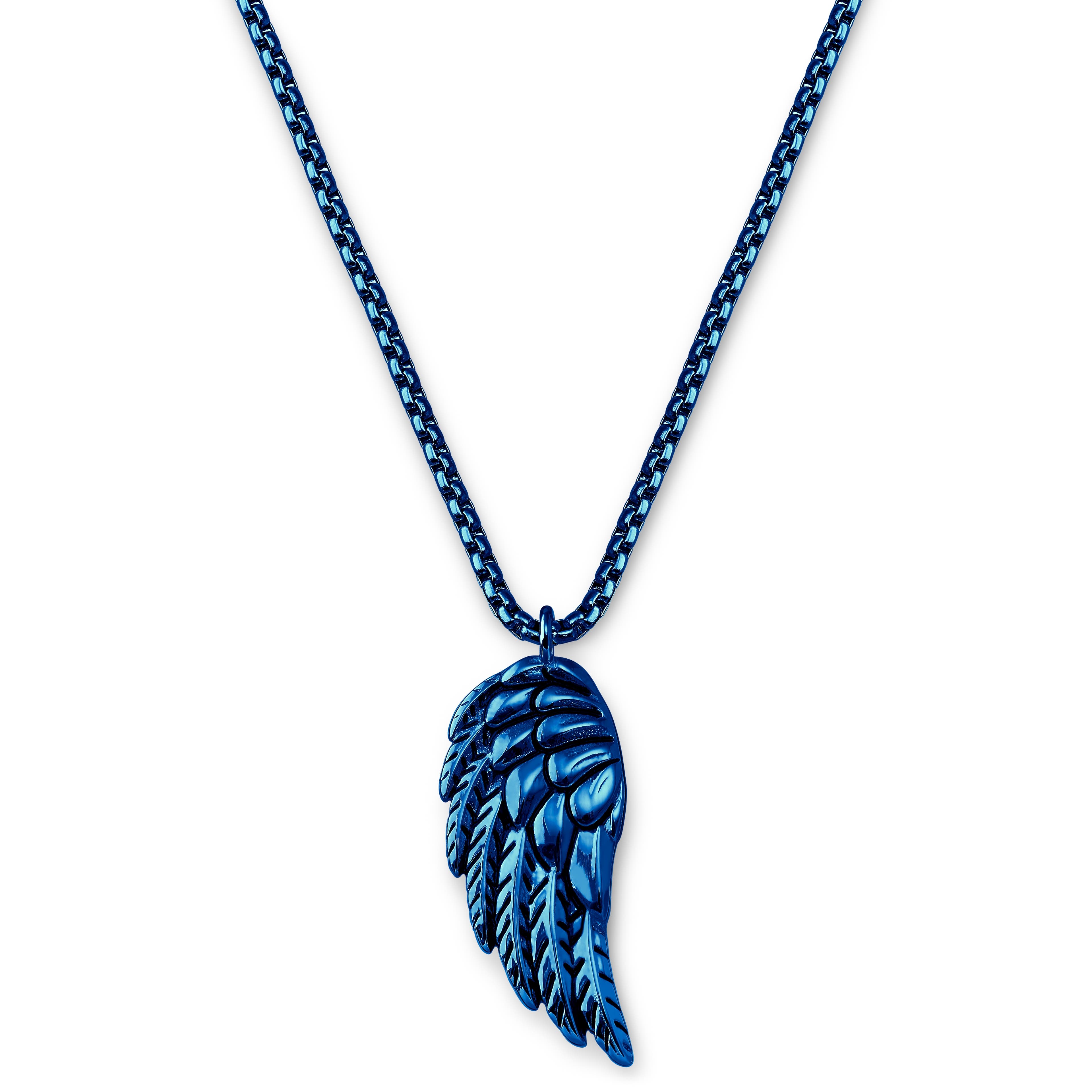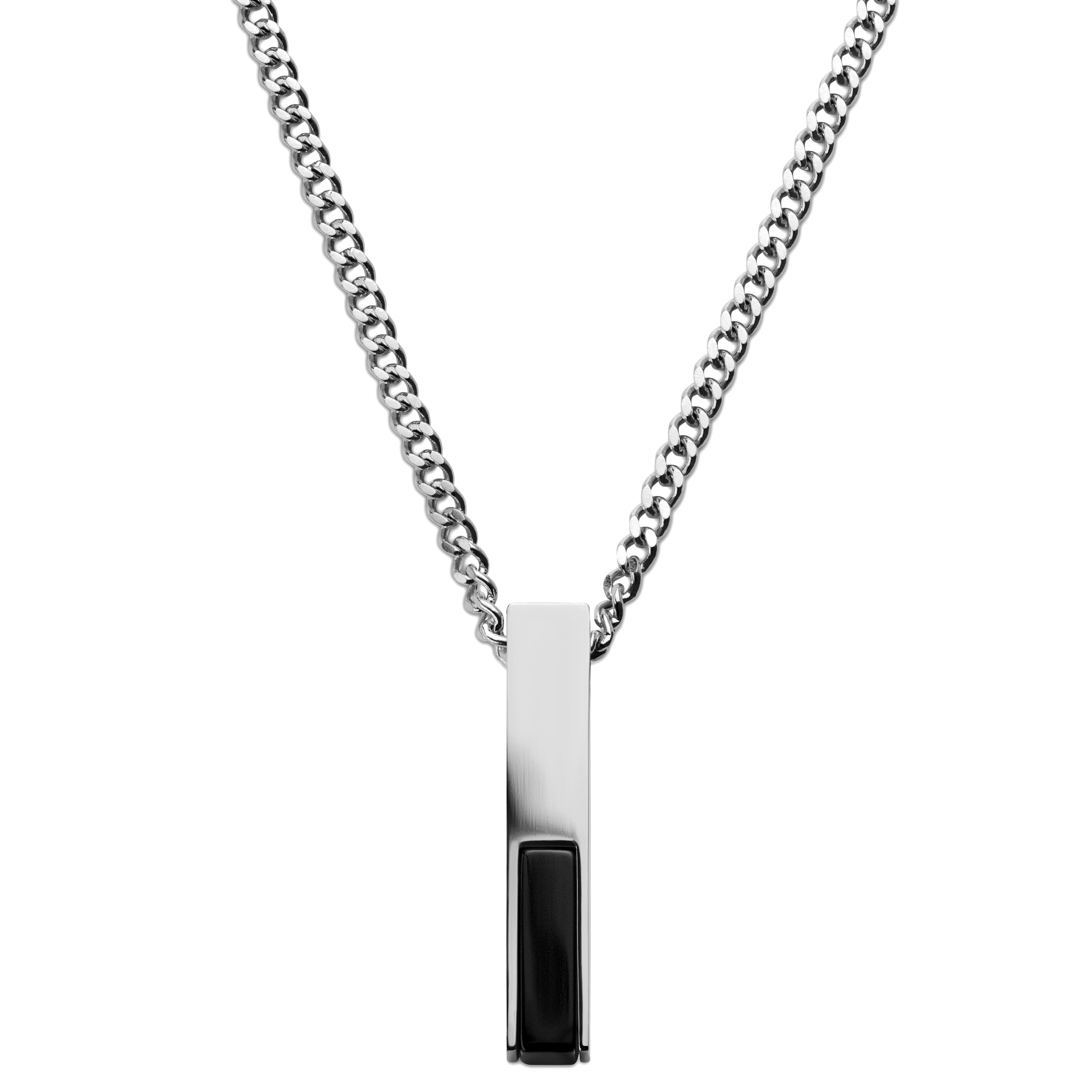
How to layer necklaces
Without overdoing it
Looking effortless takes effort. A contradiction, we know, but trust us, we’re just getting started with those.
As you read the rules below, remember that while rules are made to be broken, knowing them before you start the demolition work makes the difference between deliberately defying them and accidentally tripping over them.
Rule 1: Consider Your Outfit
Think of the neckline of your top as an element in your layers. A v-neck or an open shirt will form the same sharp corner as a pendant necklace will, but a ‘U’ shaped chain can create a visual mess. If you’re wearing a chain with a v-neck, make sure it’s hanging low enough not to clash with the corner. A crew neck usually lies fairly close to your neck, so it’s a safer bet for layering.
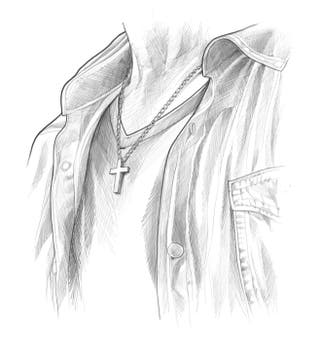
The safest choice is a black crew neck, providing an empty stage for all your necklaces to shine. You’ll want to avoid tops with striking patterns or attention-grabbing images as these will clash with your layers.
Rule 2: Choose a Centrepiece
No matter how many necklaces you choose to wear, one should be the main attention-grabber. This necklace will serve as the focal point of your layers, and the others will act as support. If you wear two chains, this will most likely be the thicker one or the more visually striking. If you’re mixing pendant necklaces and chains, the pendant will get the most attention, so go for a thinner chain to complement it.
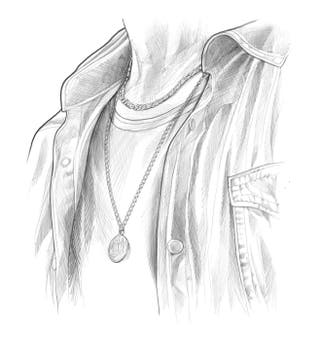
Avoid statement pieces in necklace layers. Layering is a statement. A statement necklace is designed to stand on its own and send a clear message. Any addition to it will muddy up that message and simply be too much.

For more information about choosing the right necklace for you, visit our Ultimate Guide to Necklaces for Men.

Rule 3: Match Colours
Your metals should match. Preferably all of them. If you have a gold watch, your rings should be gold, your necklaces gold, and even your belt buckle. This becomes especially important with groups of accessories in close proximity to one another. Once you’ve selected your centrepiece, the other layers should match it in tone.
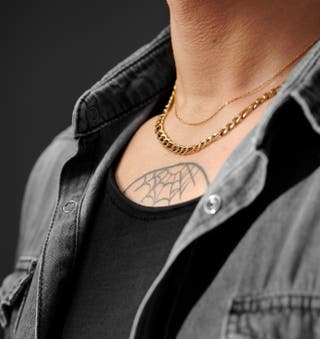
Go for accessories that complement your skin tone. Gold tones and warm colours complement a warm skin tone nicely, and silver and gunmetal grey go perfectly with cold skin tones. The same applies to the layers you choose. Try to layer warm colours with warm and cold with cold. Black, as always, goes with anything.
The only exception is if your centrepiece features two colours of metal by design, like our triple-layer gold- and silver-tone cross necklace. Even then, your layers will look a lot more deliberate if they match the predominant colour of your centrepiece, but it will make mixing metals look less accidental.
Rule 4: Vary Length and Texture
Wearing multiple necklaces of the same length is not just a recipe for entanglement; at best, it looks like an optical illusion. More likely, though, it just looks like a mess. You’ll want to create a distance of 5 to 10 centimetres between two layers and less if you’re layering 3 or 4 necklaces. With multiple layers, more delicate pieces can be closer together, but heavy chains and pendant necklaces should have some space to breathe. You’ll want to use your layers to fill the space between your face and the bottom layer with a consistent output of eye candy.

If you only have necklaces of the same length, you may be able to use a little trick to create layers with them — more on that below.

Chains come in multiple forms, and the most visually appealing layers are those that vary them. A rope chain and a marine chain, for instance, complement one another nicely and add a distinctly nautical feel to your layers.
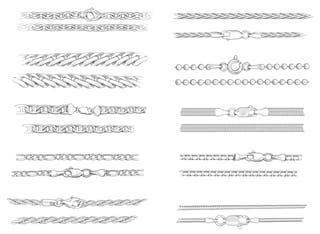
Rule 5: Direct Traffic
Your onlooker’s eye will be drawn to the centrepiece of your layers. If you want to draw attention to your handsome face, have the centrepiece as the top layer. If you’re looking to draw their eyes towards your impressive pectorals, it should be the lowest offering, hanging about 5 centimetres below the line between your nips.
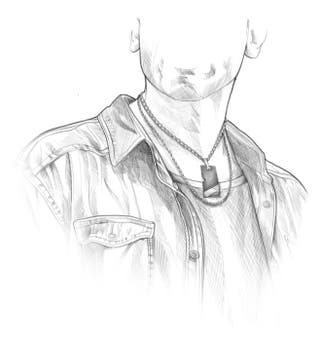
If you want to emphasise the broadness of your shoulders and your relatively narrow waist, go for a low-hanging pendant necklace.

Rule 6: Less is More
Another one of those delightful contradictions. We’re literally advocating wearing more necklaces…
That may be the case, but only Mr. T can pull off covering every inch of his chest in gold. A thick chain will drown out anything else around it, making those delicate details and pendants look like afterthoughts. When layering necklaces, go for lighter pieces, thinner chains, and smaller pendants. Your centrepiece should be a ‘medium’ attention-grabber, and everything else should subtly complement it.
Rule 7: There are no Rules
Now that you know the rules, go bend them. Experiment with them. See where they break and where you can reshape them into fresh and exciting creations. Share your best (and your worst) styles with us on Instagram with #TrendhimTribe. We can’t wait to see what you come up with.
Layering Necklaces of the Same Length
*Will only work if clasps are compatible
- Take two necklaces and connect them end to end.
- Place the connection at the back of your neck and drape the two ends over your shoulders.
- Take the left end in your right hand and the right in your left hand.
- Bring the loose ends back behind your neck and connect them.
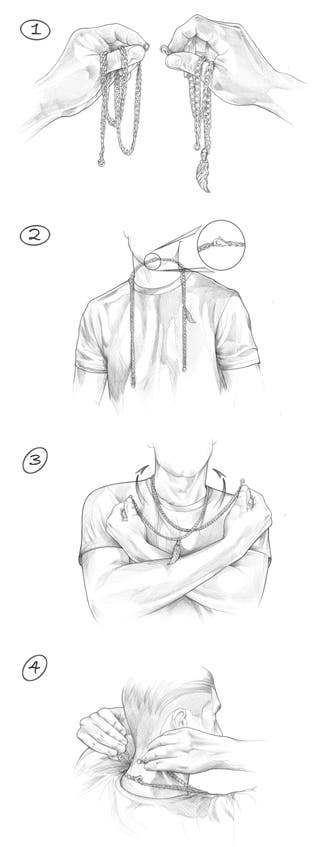
Now you can move the two locks closer or further apart to adjust the space between the necklaces.

